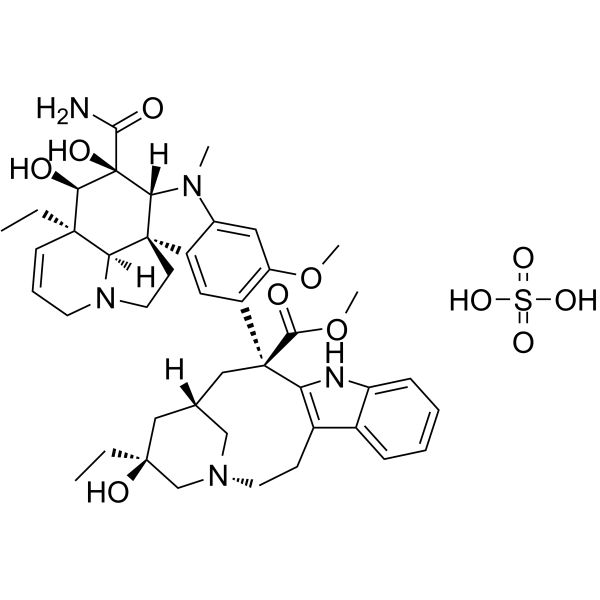Cell Cycle/Checkpoint
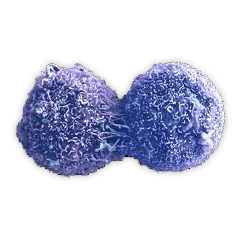
Cell Cycle
Cells undergo a complex cycle of growth and division that is referred to as the cell cycle. The cell cycle consists of four phases, G1 (GAP 1), S (synthesis), G2 (GAP 2) and M (mitosis). DNA replication occurs during S phase. When cells stop dividing temporarily or indefinitely, they enter a quiescent state called G0.
Targets for Cell Cycle/Checkpoint
- ATM/ATR(23)
- Aurora Kinase(17)
- Cdc42(4)
- Cdc7(3)
- Chk(14)
- c-Myc(20)
- CRM1(8)
- Cyclin-Dependent Kinases(77)
- E1 enzyme(1)
- G-quadruplex(11)
- Haspin(6)
- HMTase(1)
- Kinesin(23)
- Ksp(4)
- Microtubule/Tubulin(219)
- Mps1(15)
- Mitotic(7)
- RAD51(16)
- ROCK(60)
- Rho(13)
- PERK(10)
- PLK(33)
- PTEN(6)
- Wee1(7)
- PAK(20)
- Arp2/3 Complex(8)
- Dynamin(10)
- ECM & Adhesion Molecules(40)
- Cholesterol Metabolism(3)
- Endomembrane System & Vesicular Trafficking(26)
- G1(38)
- G2/M(26)
- G2/S(10)
- Genotoxic Stress(18)
- Inositol Phosphates(18)
- Proteolysis(99)
- Cytoskeleton & Motor Proteins(53)
- Cellular Chaperones(8)
Products for Cell Cycle/Checkpoint
- Cat.No. Product Name Information
-
GC50043
SR 3677 dihydrochloride
Potent, selective Rho-kinase (ROCK) inhibitor
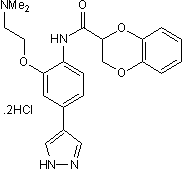
-
GC10722
SR-3677
Rho Kinase (ROCK-II) inhibitor
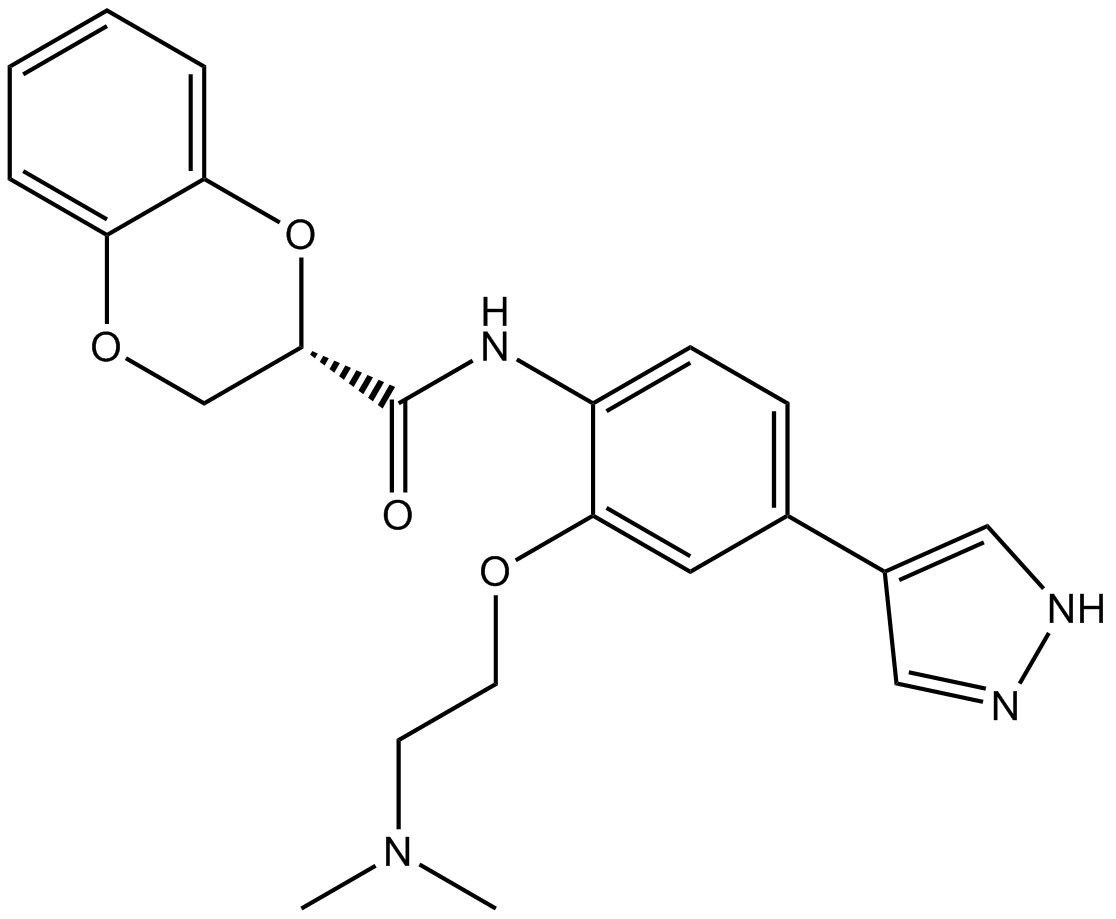
-
GC44947
SRS16-86
A ferroptosis inhibitor

-
GC37678
SS28
SS28, a SRT501 analog with oral bioavailability, inhibits tubulin polymerization to cause cell cycle arrest at G2/M phase. SS28 results in apoptosis rather than necrosis tubulin.
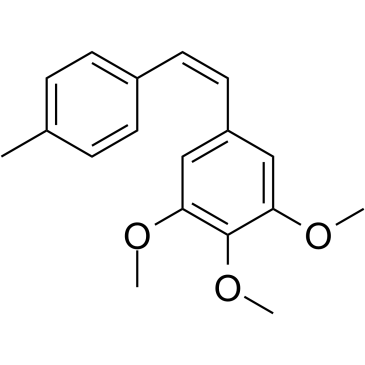
-
GC48101
SSAA09E1
A SARS-CoV entry inhibitor

-
GC33074
SSE15206
SSE15206 is a microtubule polymerization inhibitor (GI50 = 197 nM in HCT116 cells) that overcomes multidrug resistance. Causes aberrant mitosis resulting in G2/M arrest due to incomplete spindle formation in cancer cells.
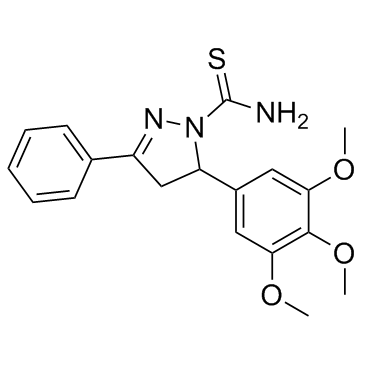
-
GC52293
STAT3 Inhibitor 4m
Signal Transducer and Activator of Transcription 3 Inhibitor 4m
A STAT3 inhibitor
-
GC17839
Stauprimide
NBenzoyl7oxo Staurosporine
Small molecule that primes embryonic stem cells (ESCs) for differentiation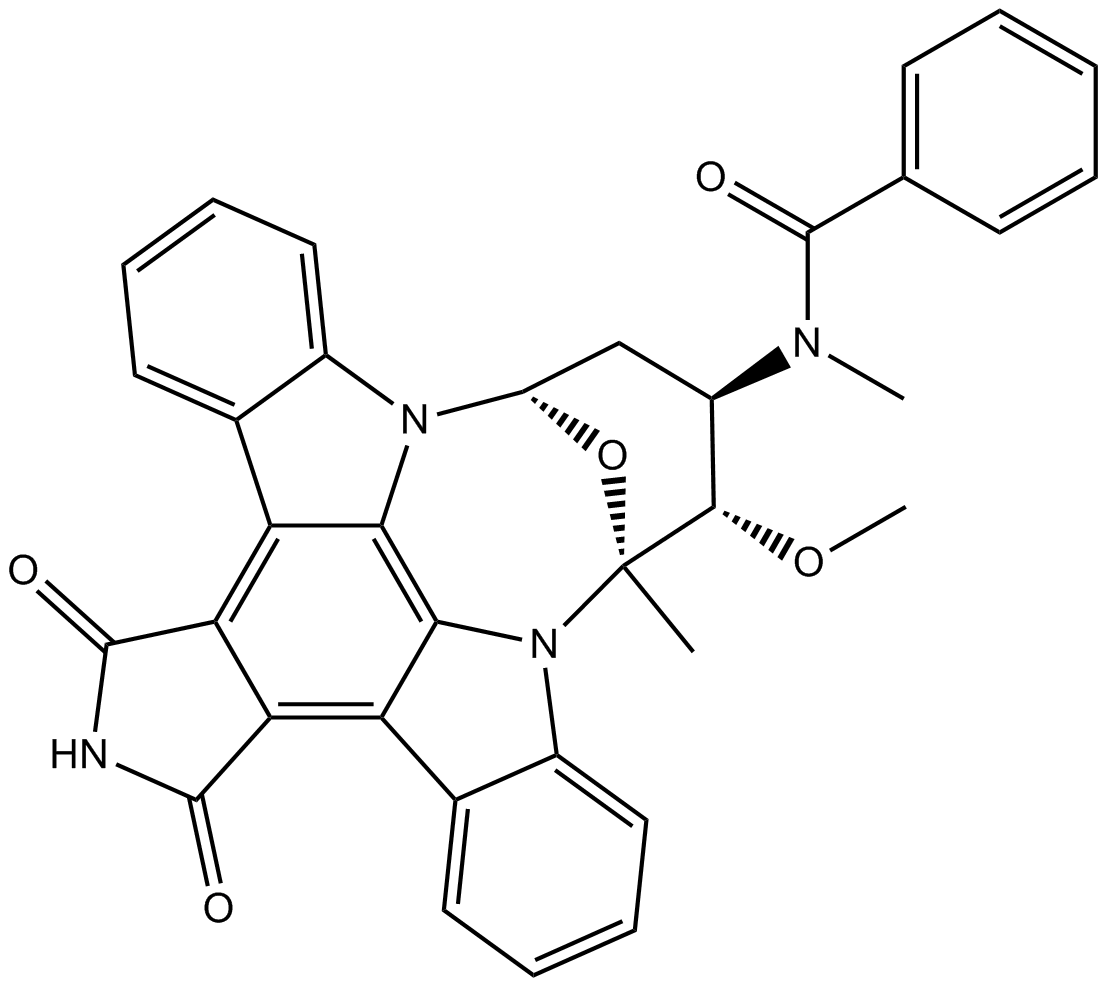
-
GC45688
STX140
2-Methoxyestradiol-bis-sulphamate
An estrogen sulfamate
-
GC15571
SU 9516
A pro-apoptotic Cdk2/cyclin A inhibitor

-
GC18565
Suc-AAP-Abu-pNA
Elastase Colorimetric Substrate IV
Suc-AAP-Abu-pNA is a chromogenic peptide substrate for pancreatic elastase.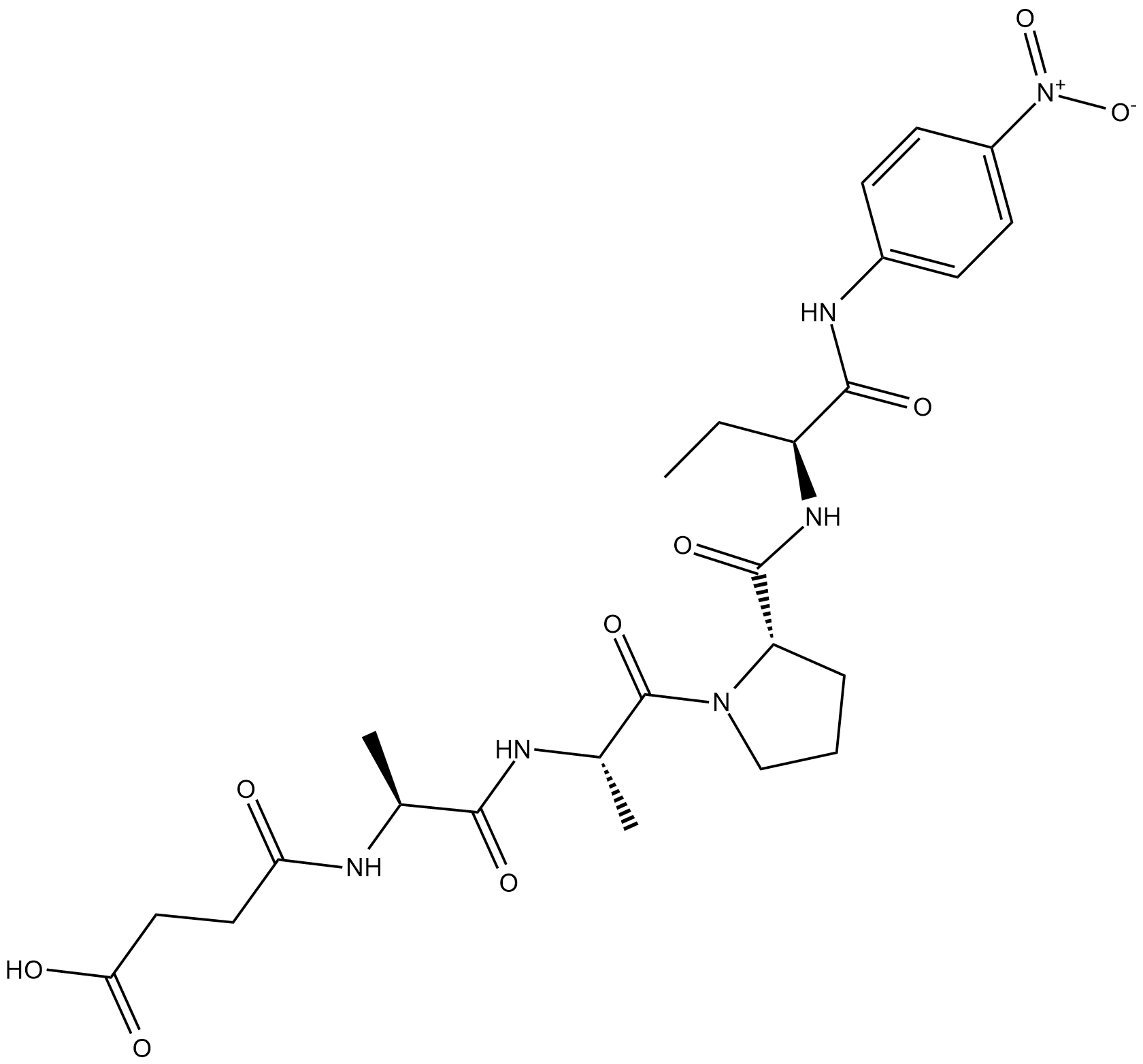
-
GC52447
Suc-Leu-Leu-Val-Tyr-AMC (trifluoroacetate salt)
Suc-LLVY-AMC
A fluorogenic substrate for the 20S proteasome and calpains
-
GC44963
Suc-Leu-Tyr-AMC
SucLYAMC
The calpains are a family of calcium-dependent cysteine proteases, with calpain I (μ-calpain) requiring micromolar calcium and calpain II (m-calpain) requiring millimolar calcium.
-
GA23570
Suc-Tyr-Val-Ala-Asp-pNA
Caspase-1 and Caspase-4 Chromogenic Substrate, Suc-Tyr-Val-Ala-Asp-p-nitroanilide
Suc-YVAD-pNA, a chromogenic caspase-1 substrate.
-
GC44967
Suc-YVAD-AMC (acetate)
Suc-Tyr-Val-Ala-Asp-AMC, Suc-Tyr-Val-Ala-Asp-7-amino-4-methylcoumarin, Suc-YVAD-NH-Mec
Suc-YVAD-AMC is a fluorogenic substrate for caspase-1.
-
GC48119
Suprafenacine
SML1493
An inhibitor of tubulin polymerization with anticancer activity
-
GC50529
Surfen
Aminoquincarbamide dihydrochloride
Surfen is a potent HS (heparan sulfate) antagonist.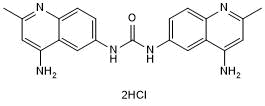
-
GC44976
Swinholide A
Swinholide A is a natural dimeric dilactone macrolide toxin that causes actin depolymerization in cells.

-
GC48764
Sydowinin B
MS-347b
A xanthone polyketide with immunosuppressant activity
-
GA23633
T-Peptide
Highly neurotoxic cell-permeable analog of PHF6. Induces aggregation of Tau peptides.

-
GC37715
Taccalonolide A
Taccalonolide A is a microtubule stabilizer, which is a steroid isolated from Tacca chantrieri, with cytotoxic and antimalarial activities. Taccalonolide A causes G2-M accumulation, Bcl-2 phosphorylation and initiation of apoptosis. Taccalonolide A is effective in vitro against cell lines that overexpress P-glycoprotein (Pgp) and multidrug resistance protein 7 (MRP7), with an IC50 of 622 nM for SK-OV-3 cells.
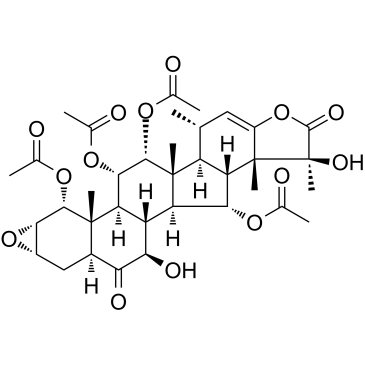
-
GC37716
Taccalonolide AJ
Taccalonolide AJ is a semi-synthesis compound with cellular microtubule stabilizing activity. Taccalonolide AJ exhibits high potency antiproliferative activity against cancer cells, with an IC50 of 4.2 nM for HeLa cells.
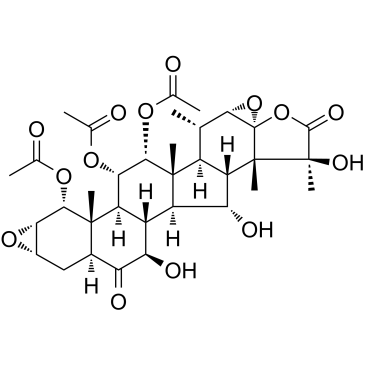
-
GC37717
Taccalonolide B
Taccalonolide B is microtubule stabilizer isolated from Tacca plantaginea, with antitumor activity. Taccalonolide B is effective in vitro against cell lines that overexpress P-glycoprotein (Pgp) and multidrug-resistance protein (MRP7). Taccalonolide B inhibits growth of SK-OV-3 cells with an IC50 of 208 nM.
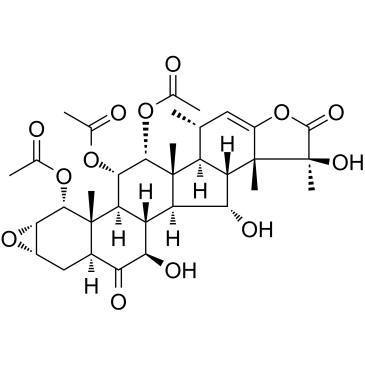
-
GC17559
TAI-1
Hec1 inhibitor, potent, first-in-class
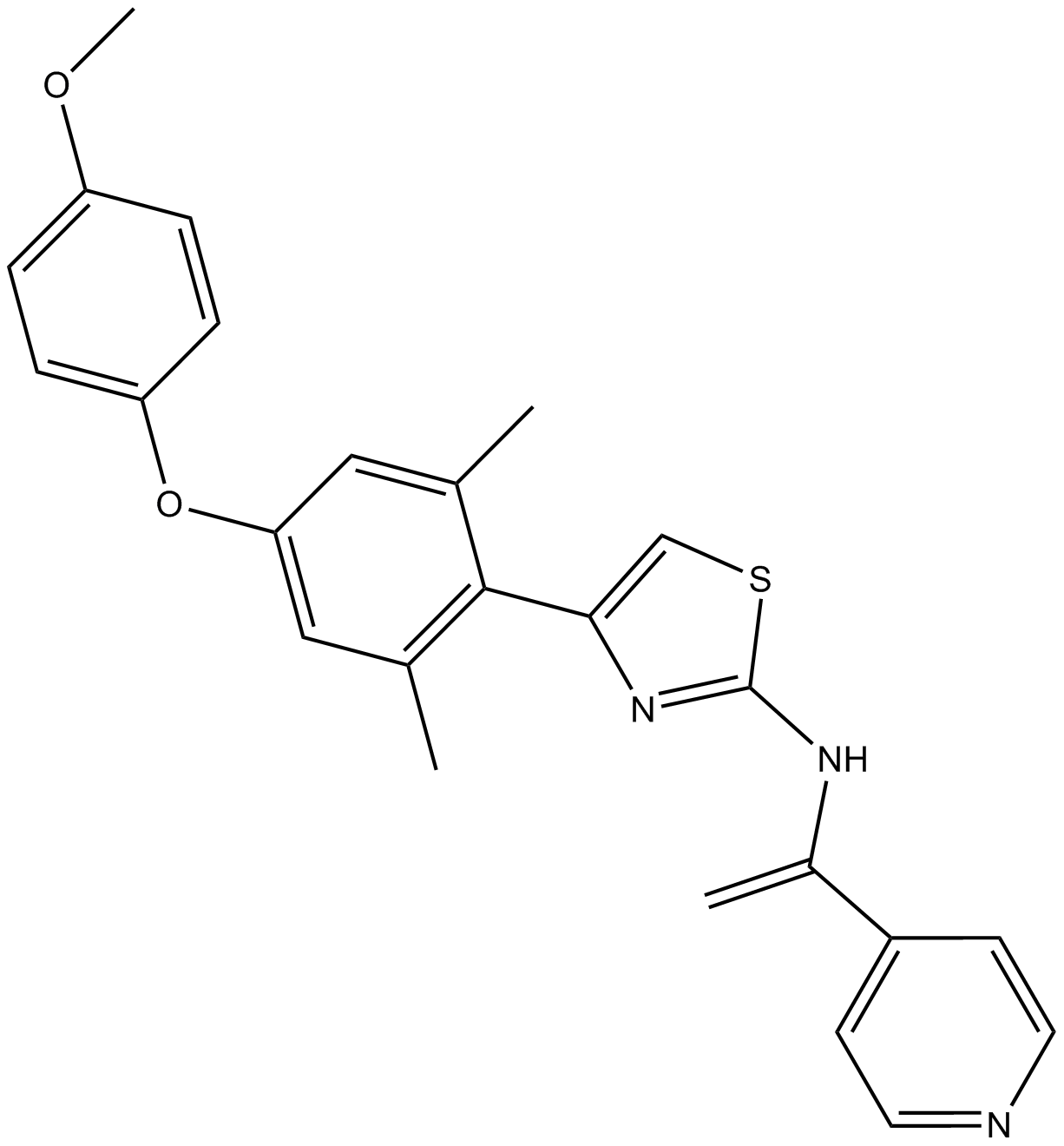
-
GC37725
TAK-960 dihydrochloride
TAK-960 dihydrochloride is an orally available, selective inhibitor of polo-like kinase 1 (PLK1), with an IC50 of 0.8 nM. TAK-960 dihydrochloride also shows inhibitory activities against PLK2 and PLK3, with IC50s of 16.9 and 50.2 nM, respectively. TAK-960 dihydrochloride inhibits proliferation of multiple cancer cell lines and exhibits significant efficacy against multiple tumor xenografts.
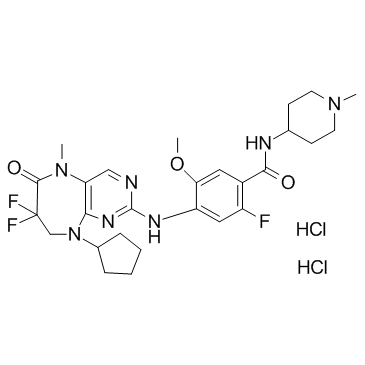
-
GC37726
TAK-960 hydrochloride
TAK-960 hydrochloride is an orally available, selective inhibitor of polo-like kinase 1 (PLK1), with an IC50 of 0.8 nM. TAK-960 hydrochloride also shows inhibitory activities against PLK2 and PLK3, with IC50s of 16.9 and 50.2 nM, respectively. TAK-960 hydrochloride inhibits proliferation of multiple cancer cell lines and exhibits significant efficacy against multiple tumor xenografts.
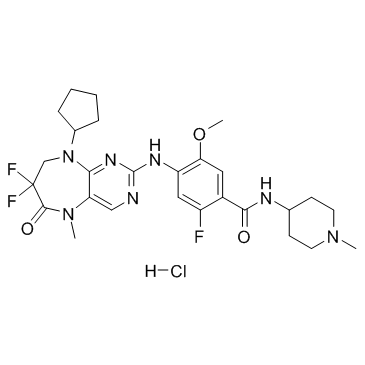
-
GC10773
TAK960
Oral and selective PLK1 inhibitor
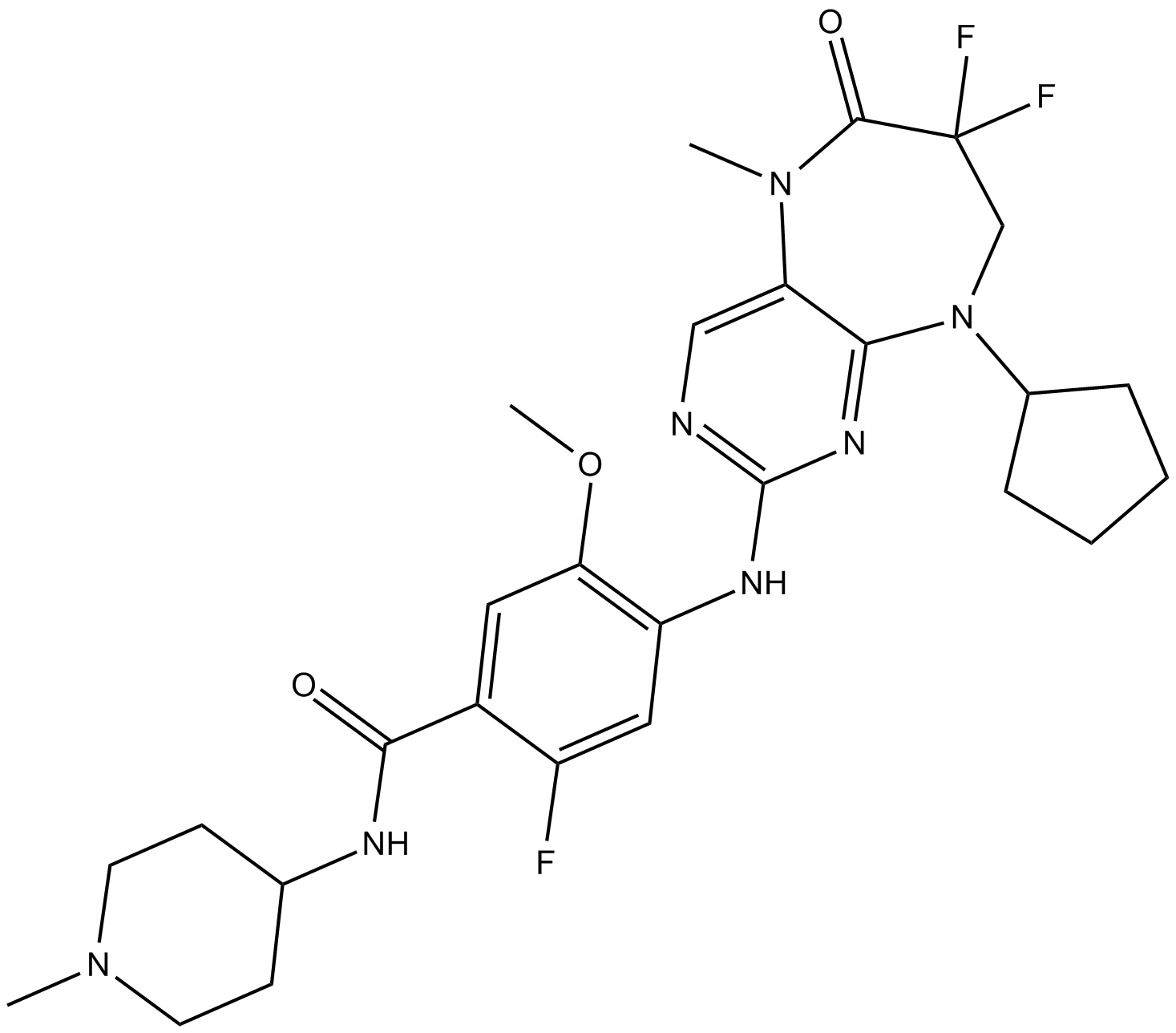
-
GC32753
Taltobulin (HTI-286)
Taltobulin, SPA 110
Taltobulin (HTI-286) (HTI-286), a synthetic analogue of the tripeptide hemiasterlin, is a potent antimicrotubule agent that circumvents P-glycoprotein-mediated resistance in vitro and in vivo. Taltobulin (HTI-286) inhibits the polymerization of purified tubulin, disrupts microtubule organization in cells, and induces mitotic arrest, as well as apoptosis.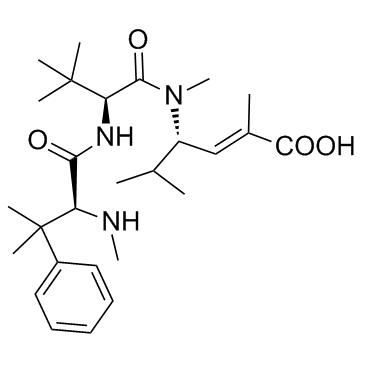
-
GC61314
Taltobulin hydrochloride
HTI-286 hydrochloride; SPA-110 hydrochloride
Taltobulin hydrochloride (HTI-286 hydrochloride), a synthetic analogue of the tripeptide hemiasterlin, is a potent antimicrotubule agent that circumvents P-glycoprotein-mediated resistance in vitro and in vivo. Taltobulin hydrochloride inhibits the polymerization of purified tubulin, disrupts microtubule organization in cells, and induces mitotic arrest, as well as apoptosis.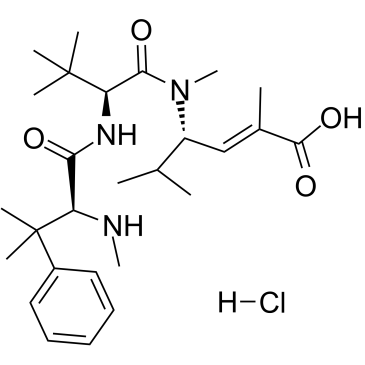
-
GC34303
Taltobulin hydrochloride (HTI-286 hydrochloride)
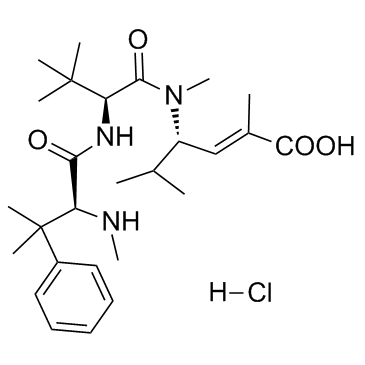
-
GC34135
Taltobulin trifluoroacetate (HTI-286 trifluoroacetate)
HTI-286 trifluoroacetate; SPA-110 trifluoroacetate
Taltobulin trifluoroacetate (HTI-286 trifluoroacetate) (HTI-286 trifluoroacetate), a synthetic analogue of the tripeptide hemiasterlin, is a potent antimicrotubule agent that circumvents P-glycoprotein-mediated resistance in vitro and in vivo. Taltobulin trifluoroacetate (HTI-286 trifluoroacetate) inhibits the polymerization of purified tubulin, disrupts microtubule organization in cells, and induces mitotic arrest, as well as apoptosis.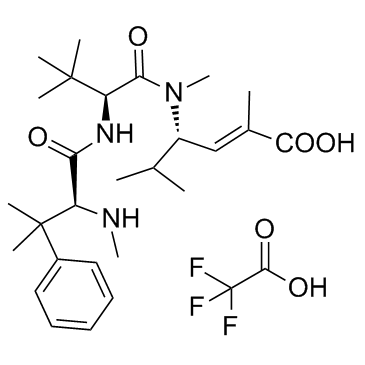
-
GC41443
TAN 1364B
RK-682 (rac-1)
TAN 1364B, a racemate of RK-682, is a protein tyrosine phosphatases (PTPases) inhibitor. TAN 1364B inhibits protein tyrosine phosphatase 1B (PTP-1B), low molecular weight protein tyrosine phosphatases (LMW-PTP), and cell division cycle 25B (CDC-25B) with IC50s of 8.6 μM, 12.4 μM, and 0.7 μM, respectively.
-
GC33178
Tasidotin hydrochloride (ILX651)
Tasidotin hydrochloride (ILX651) is a peptide analog of the antimitotic depsipeptide dolastatin 15, as an inhibitor of microtubule assembly and microtubule dynamics.
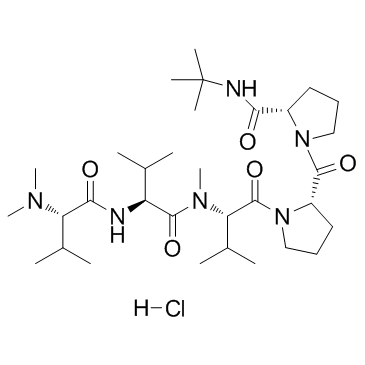
-
GC63211
Tau tracer 2
Pl-2620
Tau tracer 2 (Pl-2620) is a Tau tracer used for imaging Tau protein aggregates.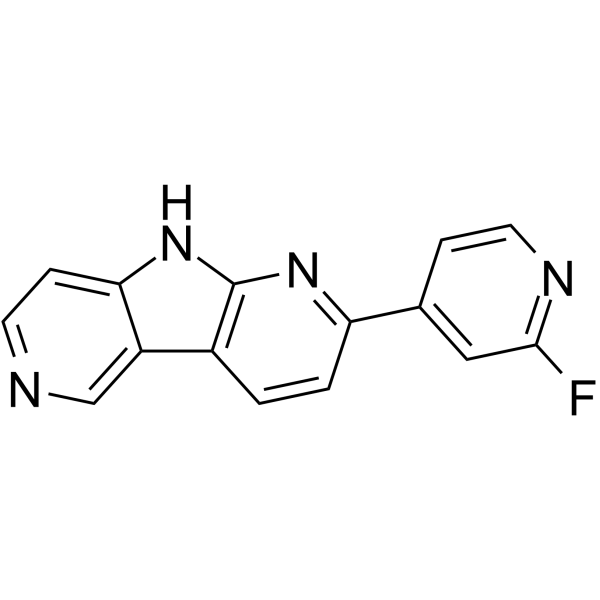
-
GC13727
TC Mps1 12
Mps1 inhibitor
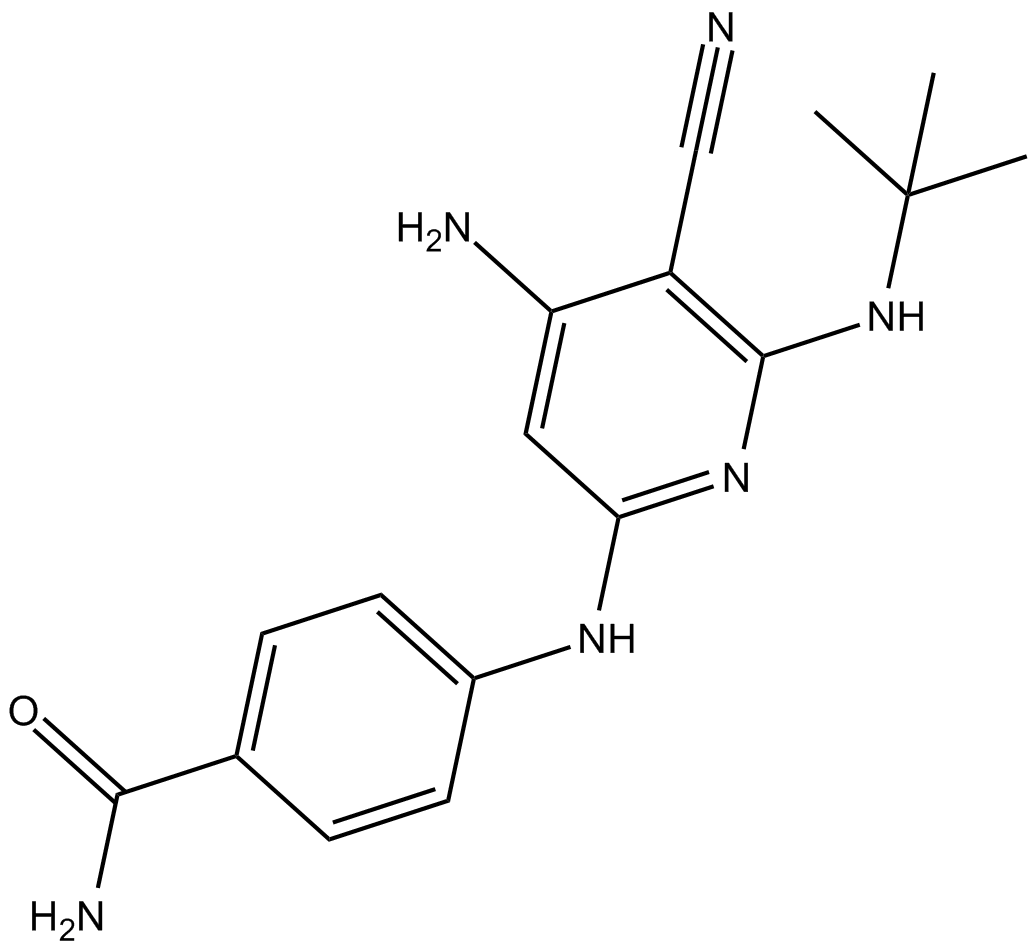
-
GC16771
TC-S 7005
polo-like kinase 2 (PLK2) inhibitor
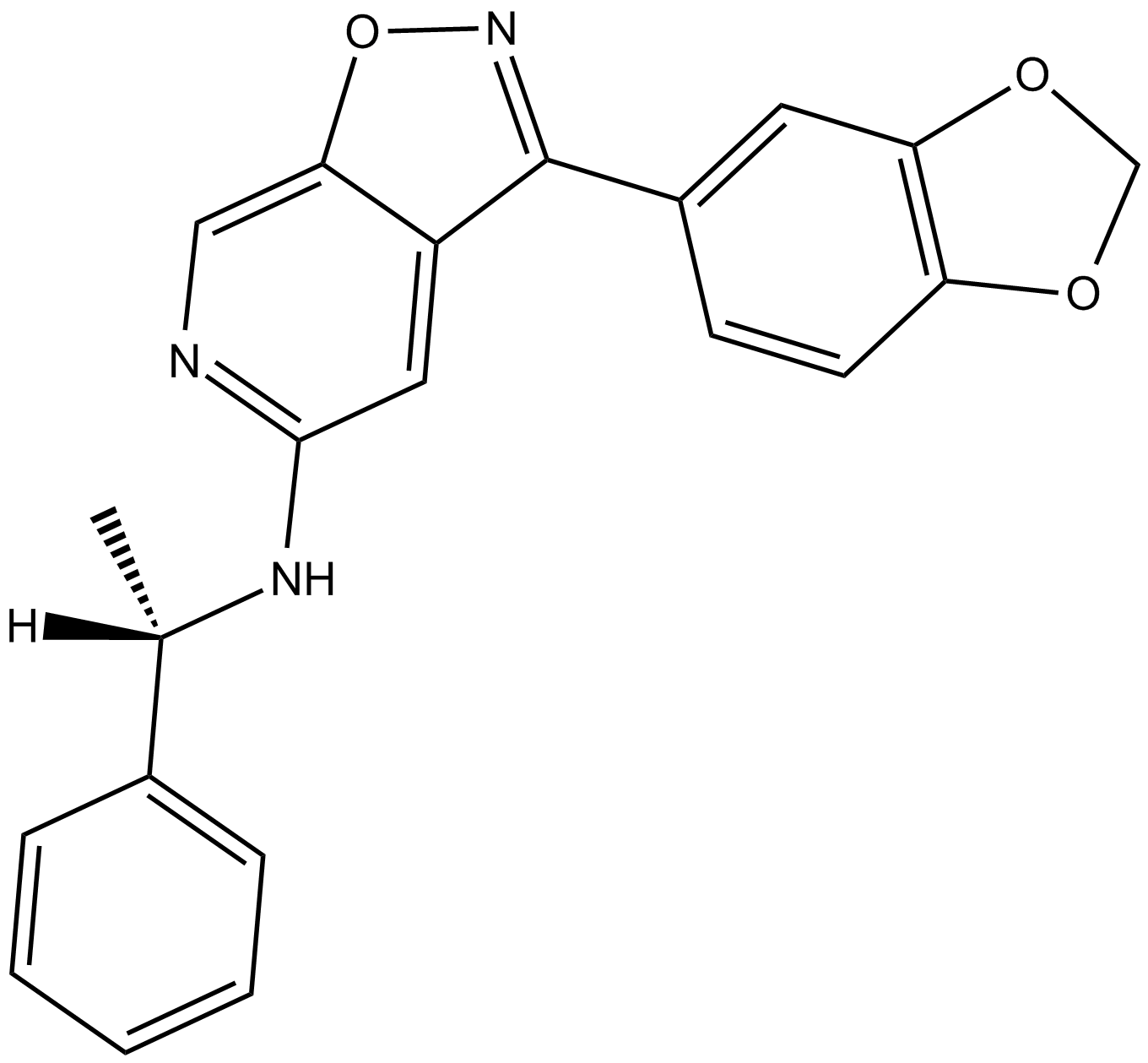
-
GC10793
TCS 2312
checkpoint kinase 1 (chk1) inhibitor
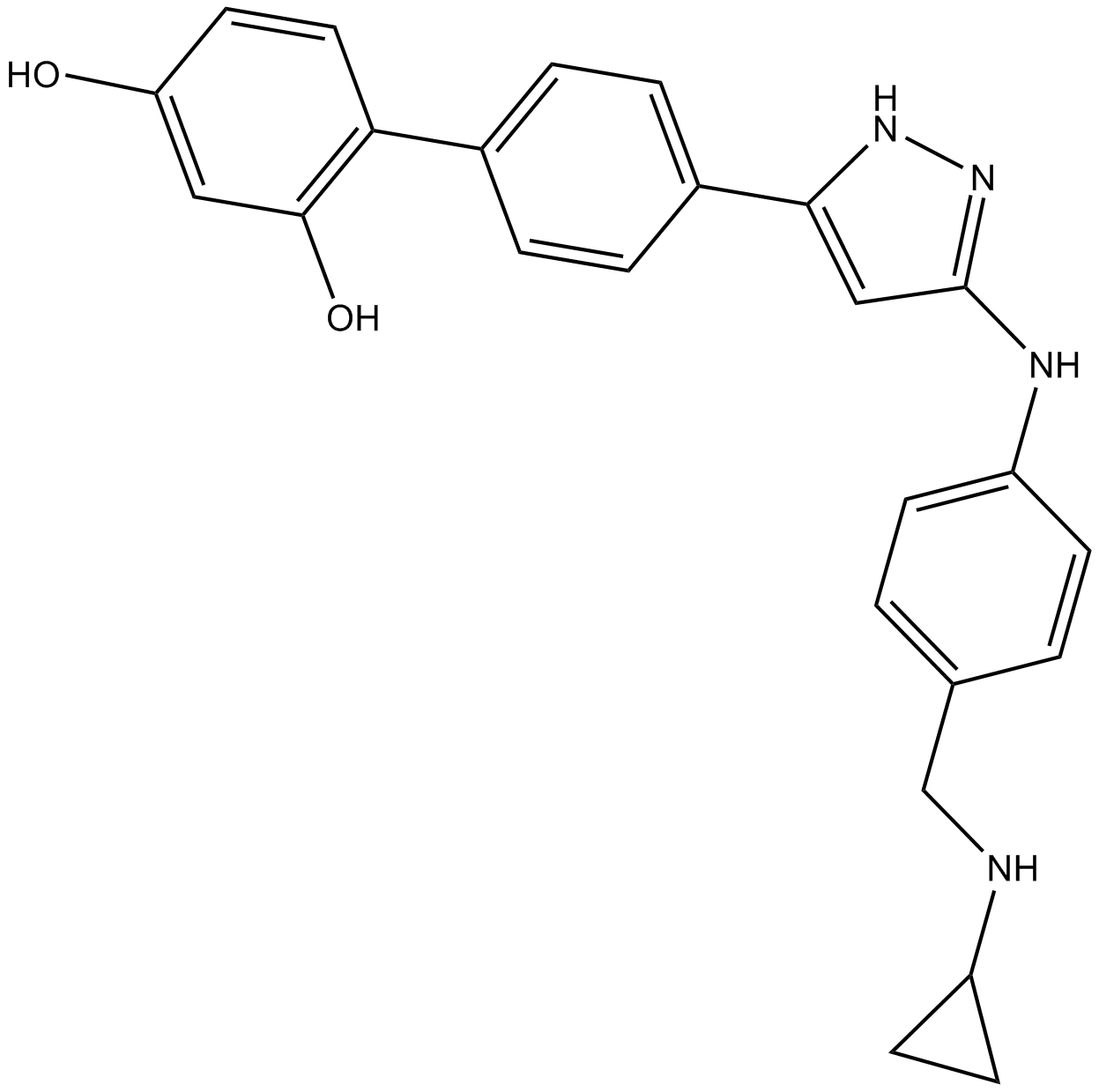
-
GC45013
Tenuazonic Acid (copper salt)
AAC-toxin
Tenuazonic acid is one of the major Alternaria mycotoxins commonly found as a natural contaminant in food (LD50 = 548 μg/egg in the chicken embryo toxicity assay).
-
GC45014
Termitomycamide B
Endoplasmic reticulum (ER) stress, caused by accumulation of misfolded proteins and a disruption of calcium homeostasis, has been linked to several neuronal diseases including, Parkinson's, Alzheimer's, and prion diseases.

-
GC45015
Termitomycamide E
2'Deoxotermitomycamide A
Endoplasmic reticulum (ER) stress, caused by accumulation of misfolded proteins and a disruption of calcium homeostasis, has been linked to several neuronal diseases including, Parkinson's, Alzheimer's, and prion diseases.
-
GC45022
Tetranactin
Tetranactin is a macrotetrolide and a monovalent cation ionophore that has been found in S.

-
GC49735
Thallos AM
Thallos Acetoxymethyl ester
A cell-permeable fluorescent thallium indicator
-
GC11181
Thiazovivin
Tzv
ROCK inhibitor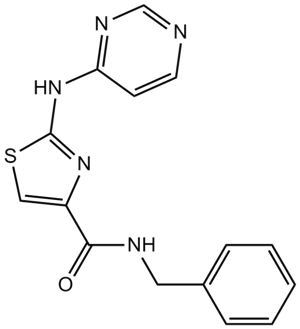
-
GC45039
Thiocolchicine
NSC 186301
Thiocolchicine is an inhibitor of microtubule assembly (IC50 = 2.5 μM) and a derivative of colchicine.
-
GC68366
Thiocolchicine-d3
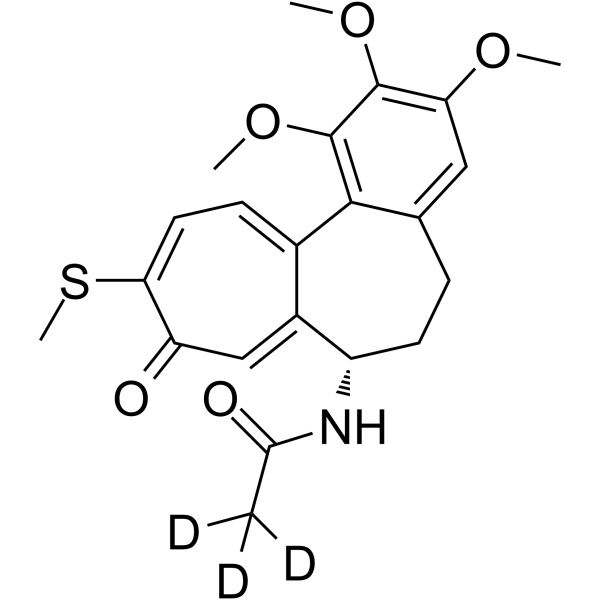
-
GC48174
Thiorphan-d5
An internal standard for the quantification of thiorphan

-
GC45750
Thymosin β4 (human, mouse, rat, porcine, bovine) (acetate)
Ac-SDKPDMAEIEKFDKSKLKKTETQEKNPLPSKETIEQEKQAGES-NH2
An actin-sequestering peptide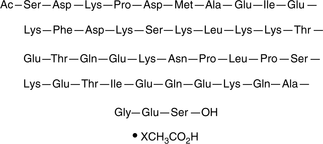
-
GC32448
Thymosin beta 4 (Thymosin β4)
Thymosin β4 is a major actin sequestering protein in cells and can interact with G-actin.
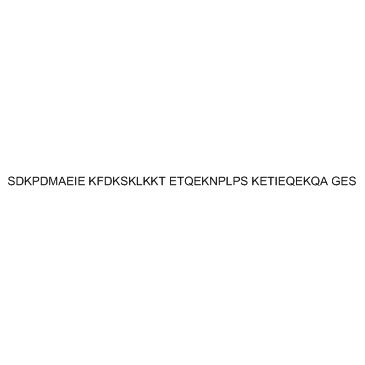
-
GC10840
THZ1
Covalent CDK7 inhibitor,potent and selective
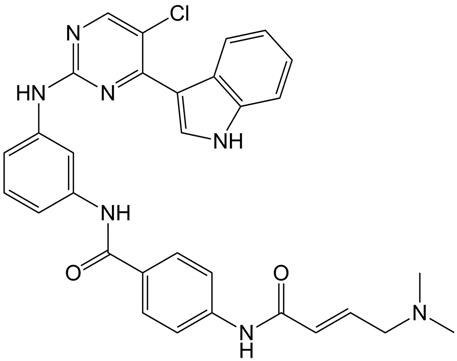
-
GC12642
THZ1 Hydrochloride
CDK7 inhibitor
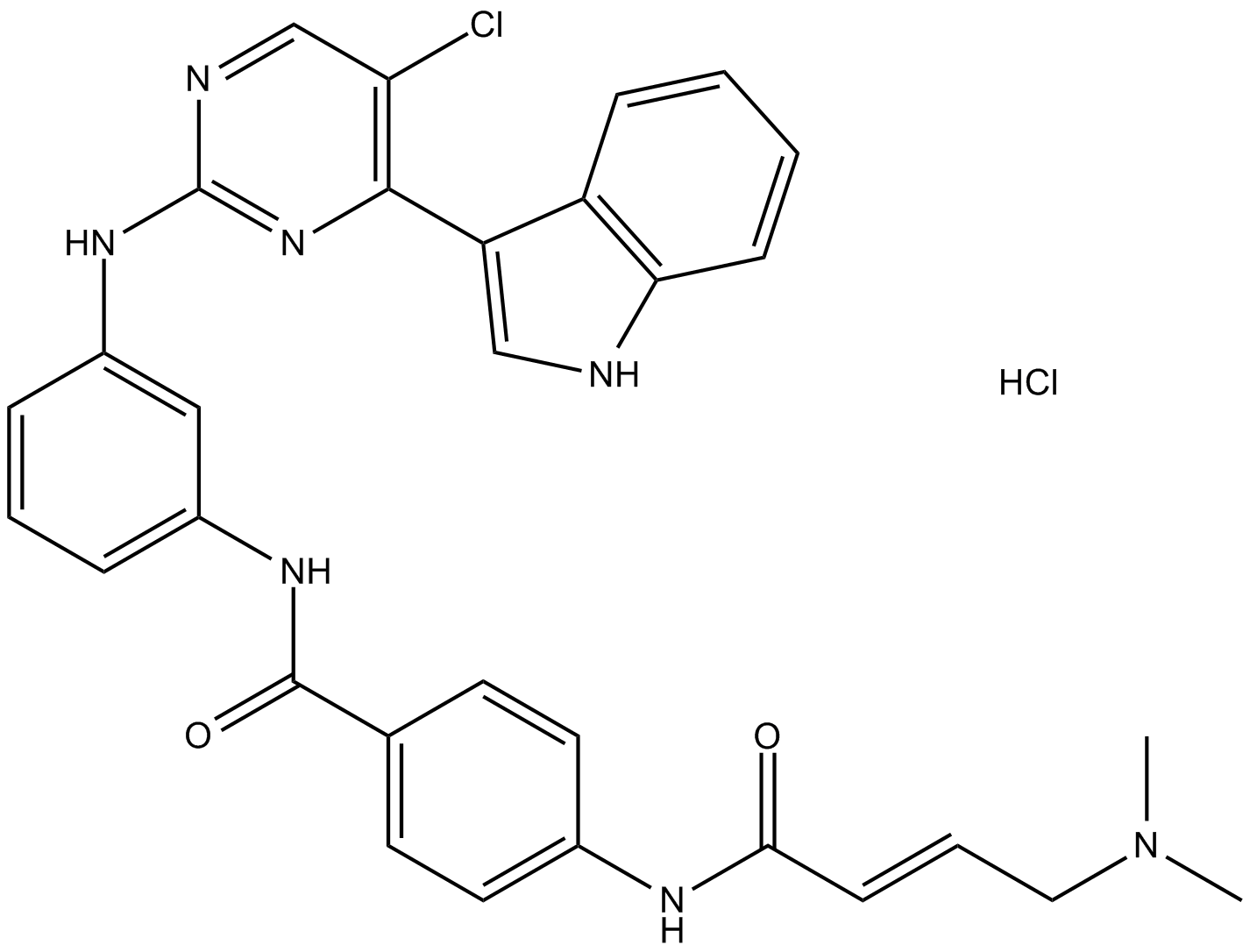
-
GC13511
THZ2
CDK7 inhibitor
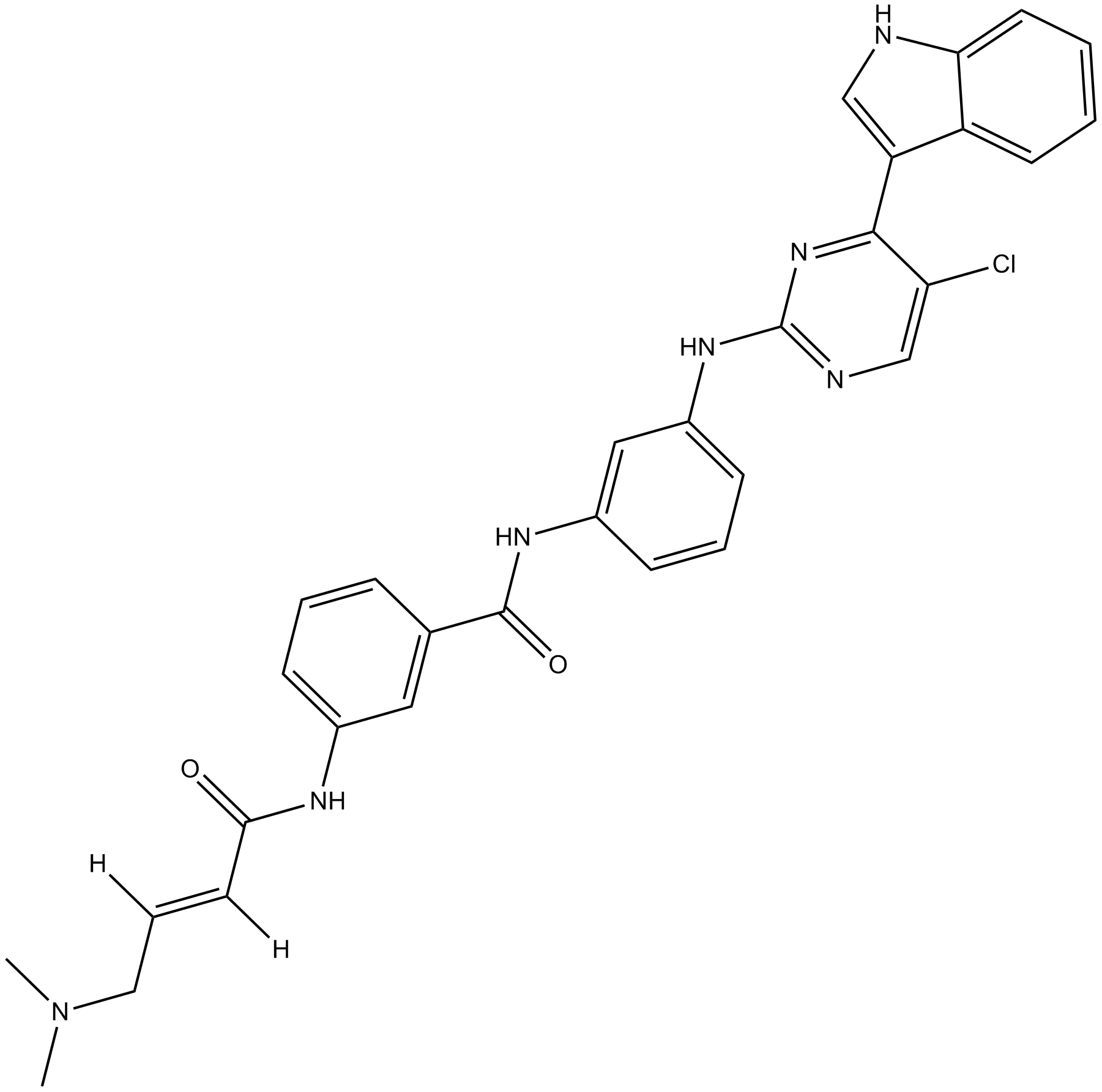
-
GC16420
THZ531
CDK12 and CDK13 covalent inhibitor
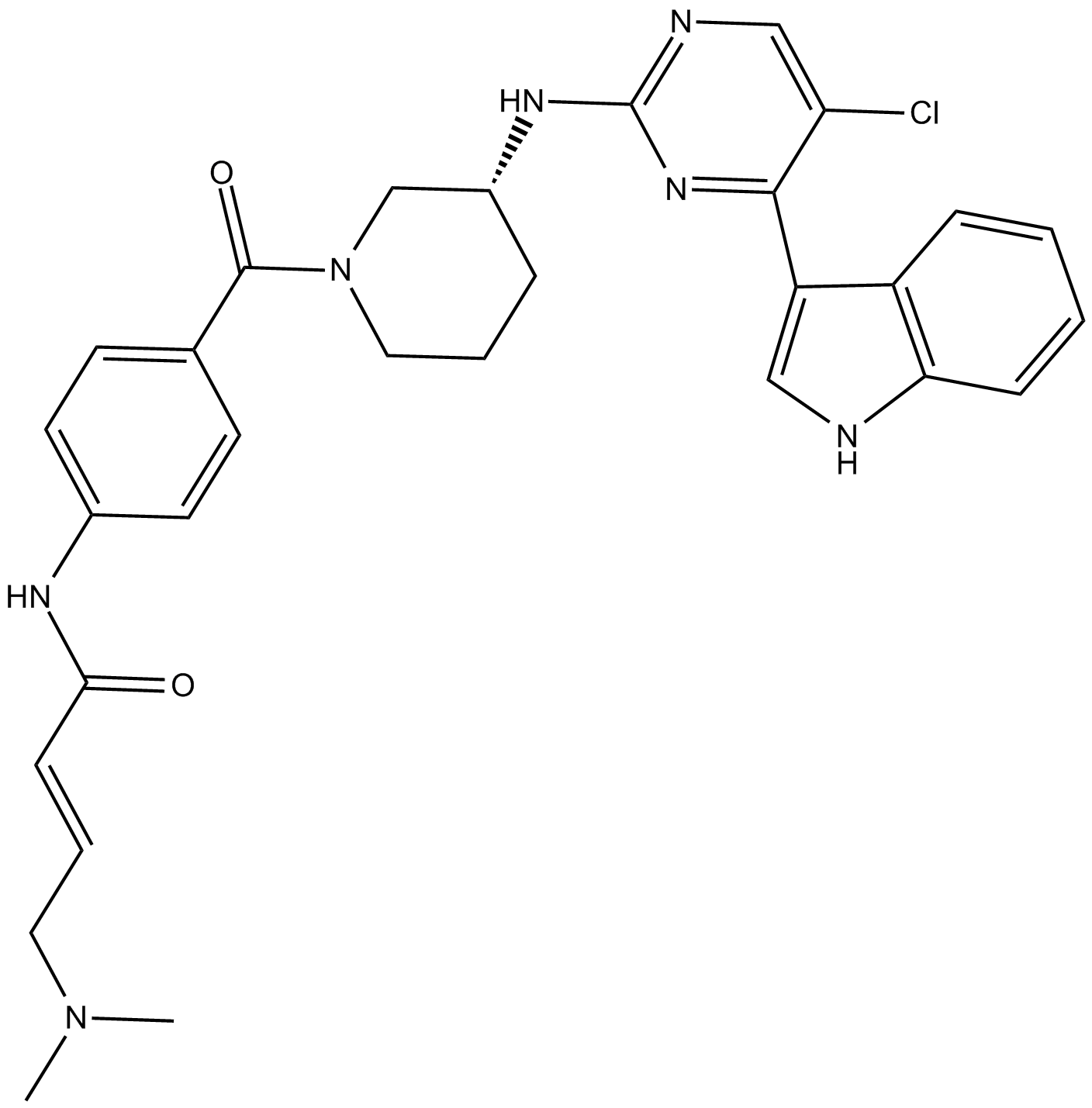
-
GC70030
Tinengotinib
Tinengotinib is a regulator of one or more protein kinases, such as Aurora kinase and VEGFR kinase. Tinengotinib has the potential to study diseases mediated by these kinase abnormalities, especially cancer-related diseases (excerpt from patent WO2018108079A1).
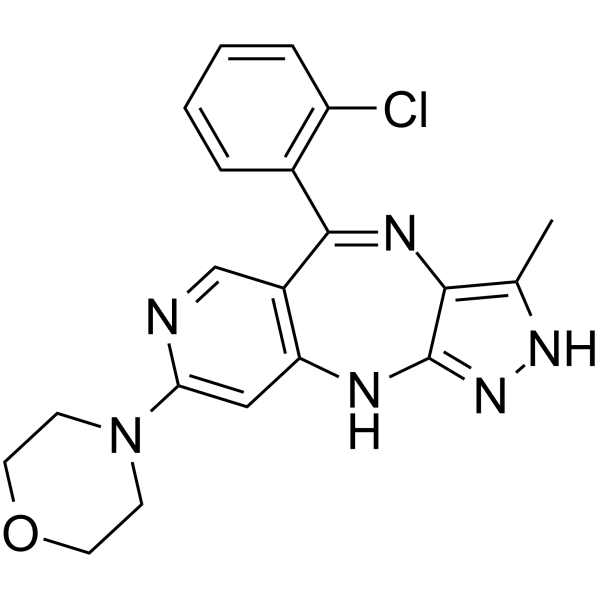
-
GC34109
Tirbanibulin Mesylate (KX2-391 (Mesylate))
KX2-391 Mesylate; KX01 Mesylate
Tirbanibulin Mesylate (KX2-391 (Mesylate)) (KX2-391 Mesylate) is an inhibitor of Src that targets the peptide substrate site of Src, with GI50 of 9-60 nM in cancer cell lines.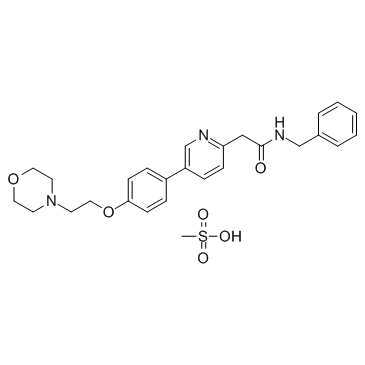
-
GC16413
TMCB
CK2 and ERK8 inhibitor
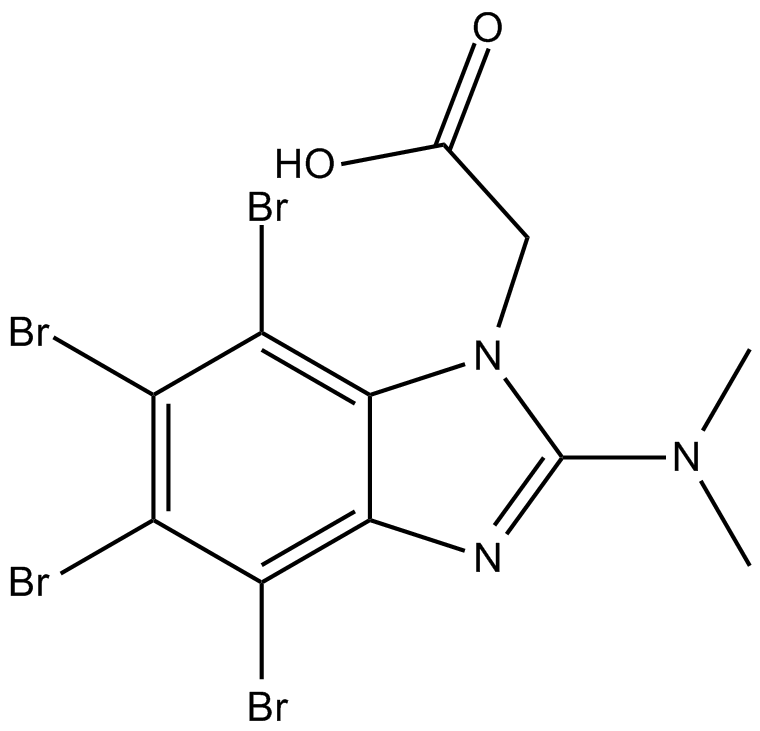
-
GC12092
TMPyP4 tosylate
TMP-1363, TMPyP4 4-methylbenzenesulfonate
A human telomerase inhibitor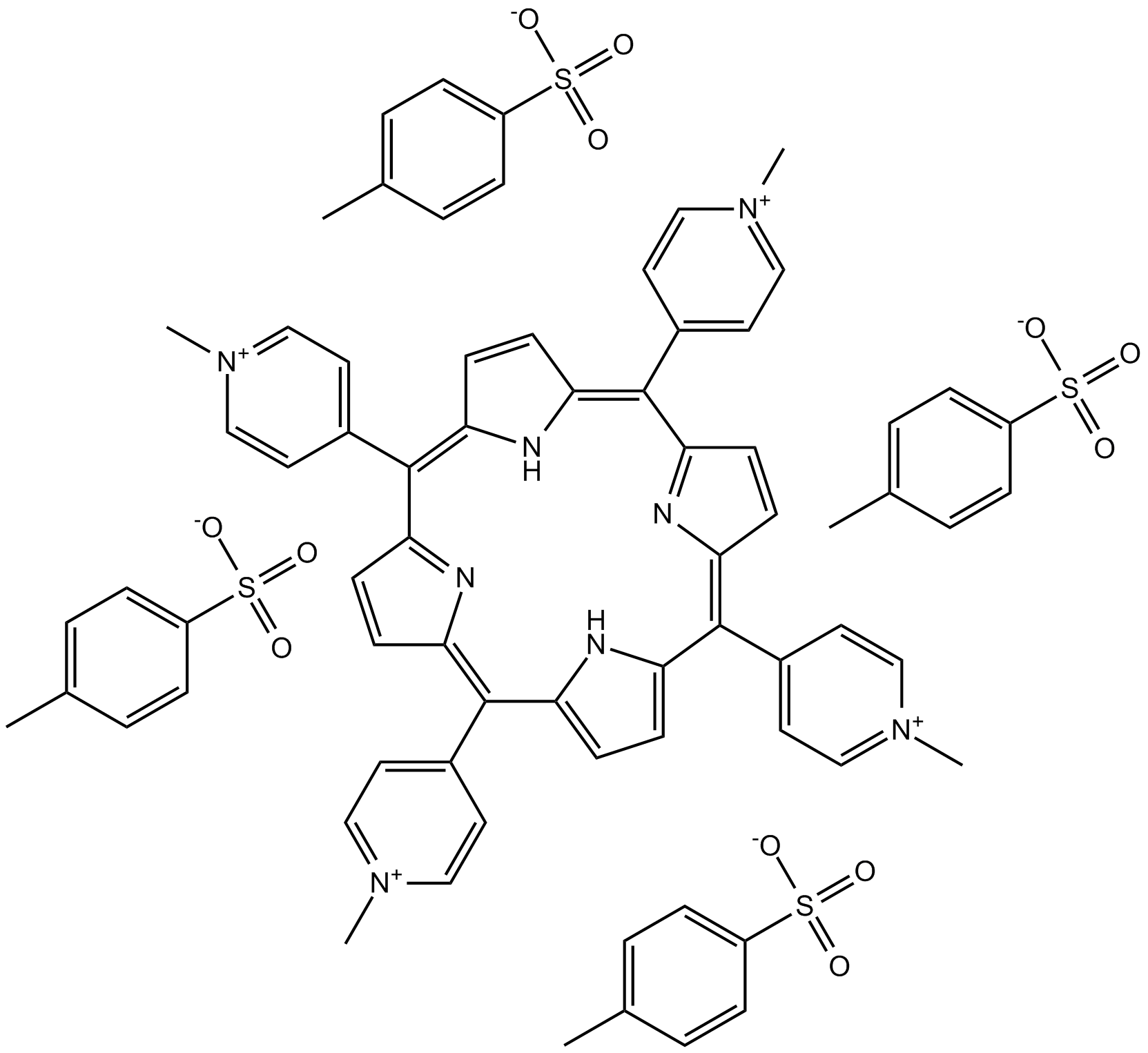
-
GC18763
TN-16
NSC 239274
TN-16 is an inhibitor of microtubule polymerization (IC50 = 0.4-1.7 uM).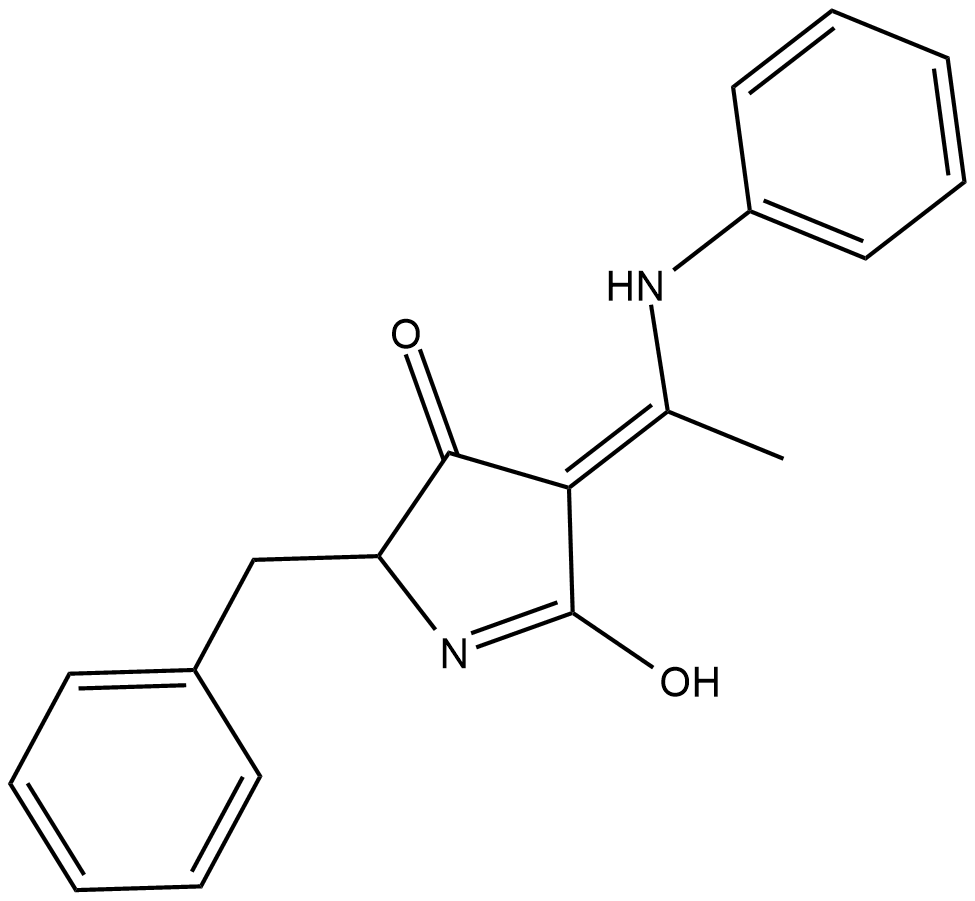
-
GC45066
Tosyl Phenylalanyl Chloromethyl Ketone
Nα-Tosyl-L-Phenylalanine Chloromethyl Ketone, TPCK
Tosyl Phenylalanyl Chloromethyl Ketone (L-1-Tosylamido-2-phenylethyl chloromethyl ketone; L-Tosyl Phenylalanyl Chloromethyl Ketone) is a potent serine protease inhibitor that reacts with the retinoblastoma protein (RB)-binding core of HPV-18 E7 protein and abolish its RB-binding capability.
-
GC49072
Tribenoside
A vasoprotective agent

-
GC10537
Triclabendazole
TCBZ
Microtubule associated inhibitor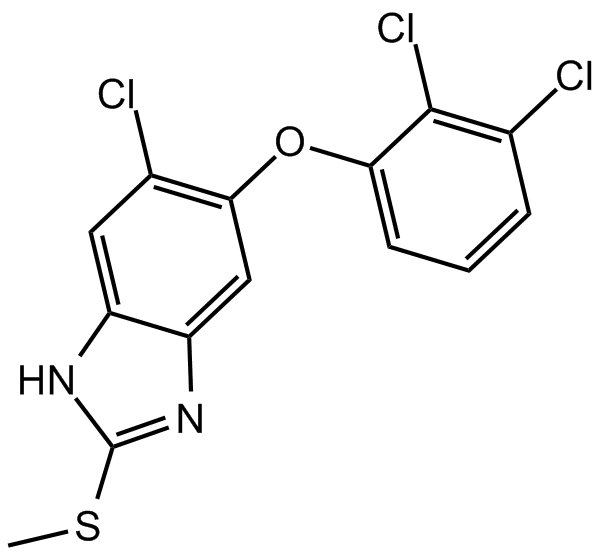
-
GC49685
Trifluoroacetyl Tripeptide-2 (acetate)
F3Ac-Val-Tyr-Val
A peptide inhibitor of pancreatic and neutrophil elastases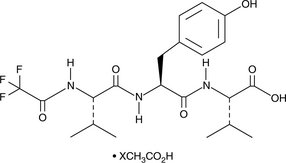
-
GC45086
Trigalacturonic Acid
Trigalacturonic acid is an oligosaccharide that inhibits proteinase activity in tomato plants (ED50 = 2.6 μg/plant).

-
GC45089
Trinactin
Trinactin is a macrotetrolide antibiotic produced by Streptomyces and an ionophore for monovalent cations, such as sodium, potassium, and ammonium.

-
GC33291
Tubulin inhibitor 1
Tubulin inhibitor 1 is a tubulin inhibitor, inhibits tubulin polymerization. Tubulin inhibitor 1 shows potent anti-tumor activity, casues cellular mitotic arrest in the G2/M phase, and induces cellular apoptosis.
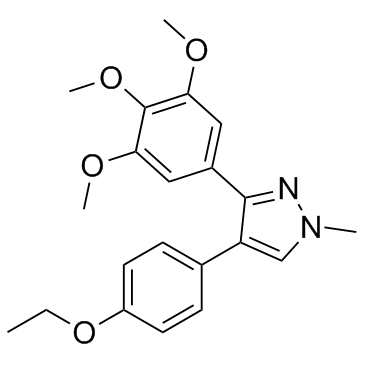
-
GC70076
Tubulin inhibitor 11
Tubulin inhibitor 11 is an effective orally active inhibitor of microtubules, which targets the colchicine binding site on tubulin. It inhibits microtubule polymerization, promotes mitotic arrest and induces apoptosis in cells.

-
GC39558
Tubulin inhibitor 6
Improved Heterocyclic Activator of PP2A 1, Tubulin Inhibitor 6
An inhibitor of tubulin polymerization and a PP2A activator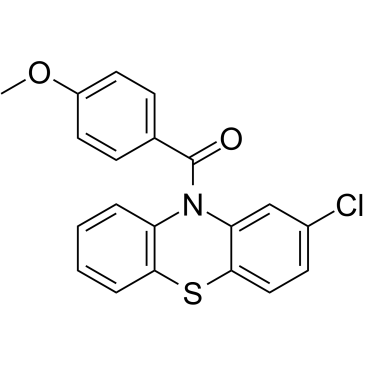
-
GC37835
Tubulysin
Tubulysin family of secondary metabolites are originally isolated from the myxobacteria Archangium geophyra and Angiococcus disciformis. These compounds are potent microtubule destabilizing agents with IC50 values in the picomolar range against many cancer cell lines, including those with multidrug resistant properties. Tubulysins have limited therapeutic utility due to severe toxicity, so Tubulysins are ideal candidates to be incorporated into molecule drug conjugate (SMDC) delivery system.
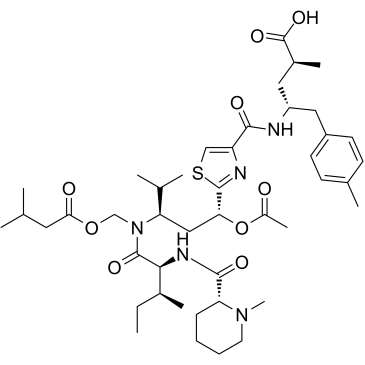
-
GC33155
Tubulysin A (TubA)
Tubulysin A (TubA)(TubA) is a myxobacterial product that can function as an antiangiogenic agent in many in vitro assays; anti-microtubule, anti-mitotic, an apoptosis inducer, anticancer, anti-angiogenic, and antiproliferative.
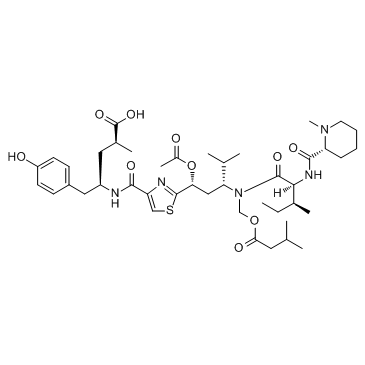
-
GC37836
Tubulysin B
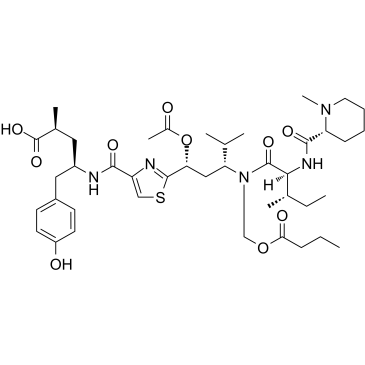
-
GC37837
Tubulysin C
Tubulysin C is a highly cytotoxic peptide isolated from the myxobacterial species Archangium geophyra and Angiococcus disciformis. Tubulysin displays extremely potent cytotoxic activity in mammalian cells, including multidrug-resistant cell lines, with IC50 values in the lower nanomolar range. Tubulysin C is a cytotoxic activity tubulysin which inhibits tubulin polymerization and leads to cell cycle arrest and apoptosis.
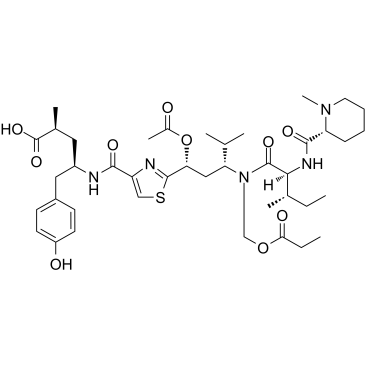
-
GC37838
Tubulysin D
Tubulysin D is one of the most potent derivatives among the tubulysins isolated from the myxobacterial species Archangium geophyra and Angiococcus disciformis. Tubulysin D is a novel tetrapeptide that displays potent antitumor activity and leads to cell cycle arrest and apoptosis by inhibiting tubulin polymerization with an IC50 of 1.7 μM. Tubulysin displays extremely potent cytotoxic activity in mammalian cells, including multidrug-resistant cell lines, with IC50 values in the lower nanomolar range.
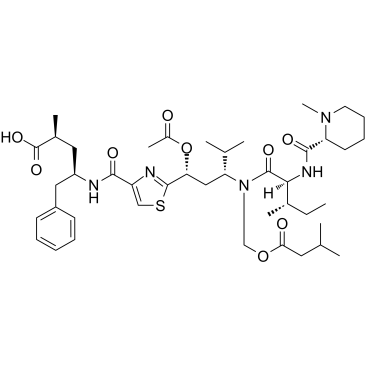
-
GC37839
Tubulysin E
Tubulysin E is a highly cytotoxic peptide isolated from the myxobacterial species Archangium geophyra and Angiococcus disciformis. Tubulysin displays extremely potent cytotoxic activity in mammalian cells, including multidrug-resistant cell lines, with IC50 values in the lower nanomolar range. Tubulysin E is a cytotoxic activity tubulysin which inhibits tubulin polymerization and leads to cell cycle arrest and apoptosis.
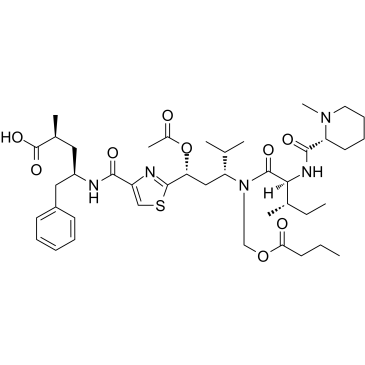
-
GC37840
Tubulysin F
Tubulysin F is a highly cytotoxic peptide isolated from the myxobacterial species Archangium geophyra and Angiococcus disciformis. Tubulysin displays extremely potent cytotoxic activity in mammalian cells, including multidrug-resistant cell lines, with IC50 values in the lower nanomolar range. Tubulysin F is a cytotoxic activity tubulysin which inhibits tubulin polymerization and leads to cell cycle arrest and apoptosis.
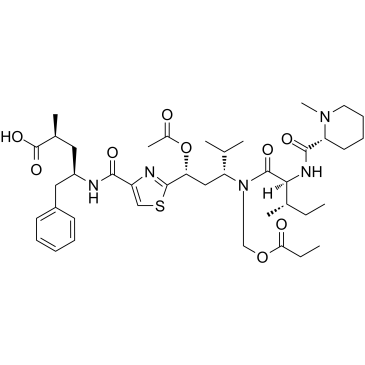
-
GC37841
Tubulysin G
Tubulysin G is a highly cytotoxic peptide isolated from the myxobacterial species Archangium geophyra and Angiococcus disciformis. Tubulysin displays extremely potent cytotoxic activity in mammalian cells, including multidrug-resistant cell lines, with IC50 values in the lower nanomolar range. Tubulysin G is a cytotoxic activity tubulysin which inhibits tubulin polymerization and leads to cell cycle arrest and apoptosis.
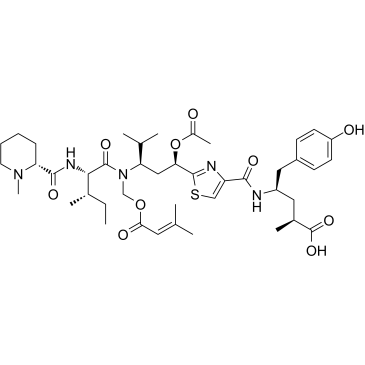
-
GC37842
Tubulysin H
Tubulysin H is a highly cytotoxic peptide isolated from the myxobacterial species Archangium geophyra and Angiococcus disciformis. Tubulysin displays extremely potent cytotoxic activity in mammalian cells, including multidrug-resistant cell lines, with IC50 values in the lower nanomolar range. Tubulysin H is a cytotoxic activity tubulysin which inhibits tubulin polymerization and leads to cell cycle arrest and apoptosis.
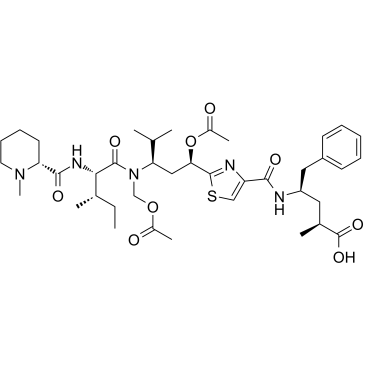
-
GC37843
Tubulysin I
Tubulysin I is a highly cytotoxic peptide isolated from the myxobacterial species Archangium geophyra and Angiococcus disciformis. Tubulysin displays extremely potent cytotoxic activity in mammalian cells, including multidrug-resistant cell lines, with IC50 values in the lower nanomolar range. Tubulysin I is a cytotoxic activity tubulysin which inhibits tubulin polymerization and leads to cell cycle arrest and apoptosis.
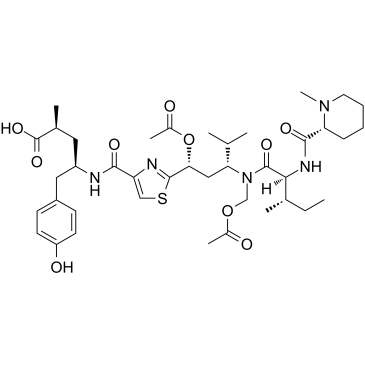
-
GC37844
Tubulysin M
Tubulysin M is a highly cytotoxic peptide isolated from the myxobacterial species Archangium geophyra and Angiococcus disciformis. Tubulysin displays extremely potent cytotoxic activity in mammalian cells, including multidrug-resistant cell lines, with IC50 values in the lower nanomolar range. Tubulysin M is a cytotoxic activity tubulysin which inhibits tubulin polymerization and leads to cell cycle arrest and apoptosis.
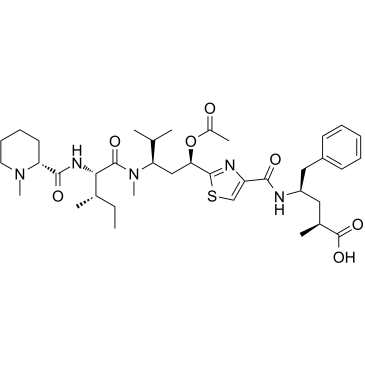
-
GC49835
Tumulosic Acid
Polyporenic Acid B
Tumulosic Acid, a triterpenoid, inhibits KLK5 protease activity (IC50= 14.84 μM).
-
GC50056
UA 62784
Inhibits microtubule polymerization
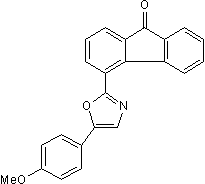
-
GC48659
Umbelliprenin
7-Farnesyloxycoumarin
A prenylated coumarin with diverse biological activities
-
GC16741
UNC0379
N-lysine methyltransferase SETD8 inhibitor
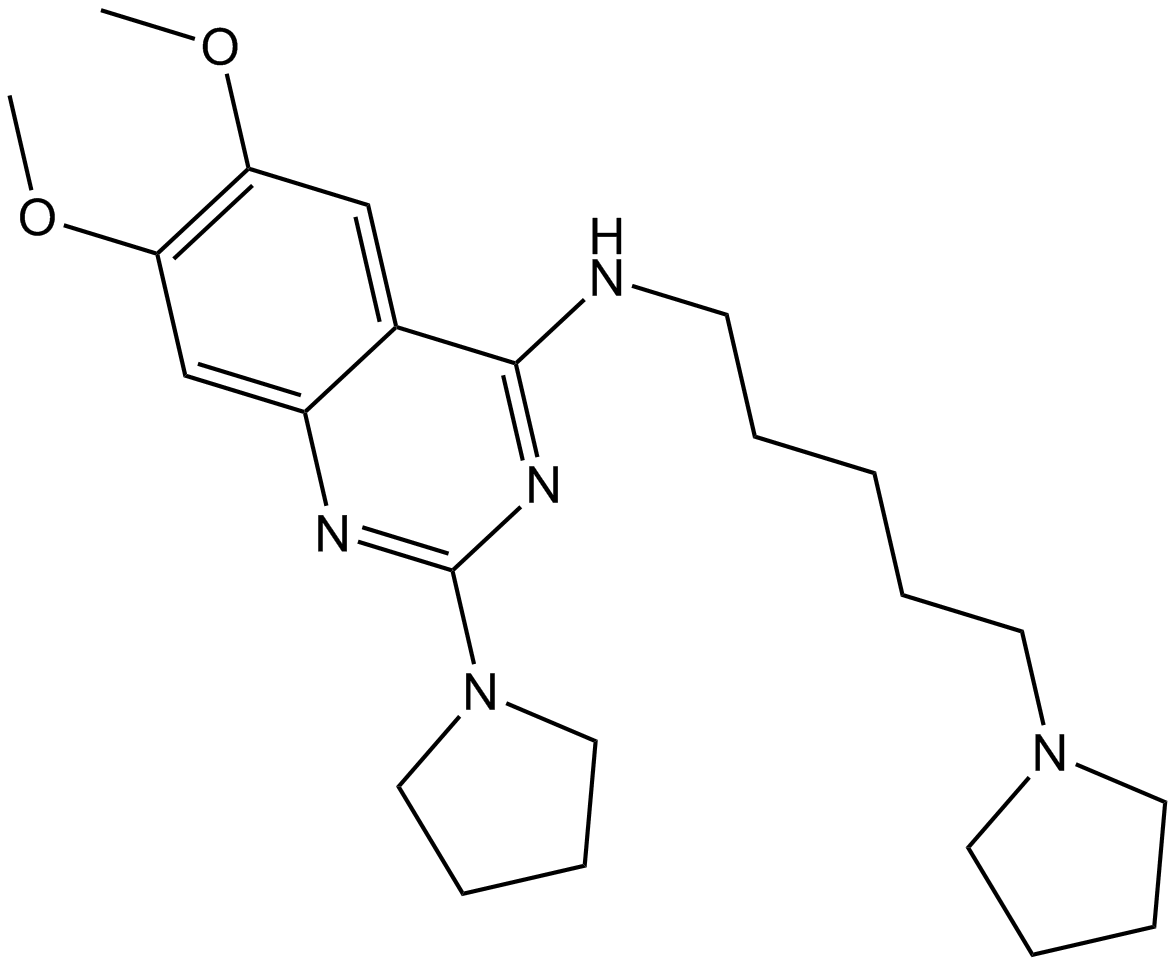
-
GC33269
Valecobulin (CKD-516)
CKD-516
Valecobulin (CKD-516) (CKD516) is a valine prodrug of (S516) and a vascular disrupting agent (VDA). Valecobulin (CKD-516) is a potent β-tubulin polymerization inhibitor with marked antitumor activity against murine and human solid tumors.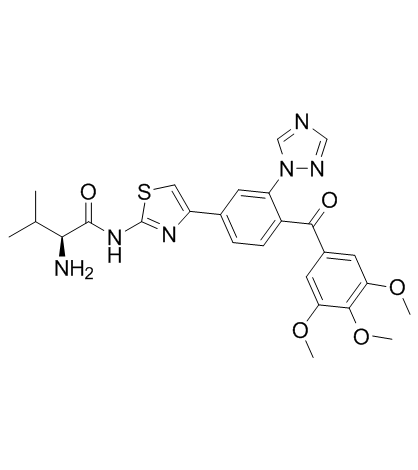
-
GC39177
Valecobulin hydrochloride
CKD-516 hydrochloride
Valecobulin hydrochloride (CKD-516 hydrochloride) is a valine prodrug of S516 and a vascular disrupting agent (VDA). Valecobulin hydrochloride is a potent β-tubulin polymerization inhibitor with marked antitumor activity against murine and human solid tumors.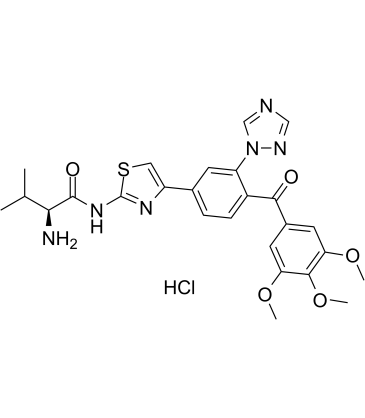
-
GC45769
Vandetanib-d6
ZD6474-d6
An internal standard for the quantification of vandetanib
-
GC38480
Vat-Cit-PAB-Monomethyl Dolastatin 10
Vat-Cit-PAB-Monomethyl Dolastatin 10 is a drug-linker conjugate for ADC with potent antitumor activity by using Monomethyl Dolastatin 10 (a potent tubulin inhibitor), linked via the ADC linker Vat-Cit-PAB.
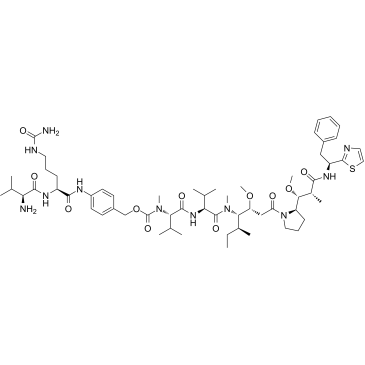
-
GC37890
Vc-MMAD
Vc-MMAD consists the ADCs linker (Val-Cit) and potent tubulin inhibitor (MMAD). Vc-MMAD is a drug-linker conjugate for ADC.
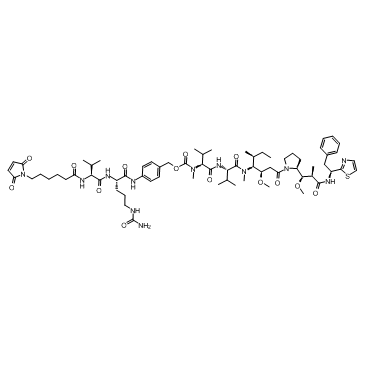
-
GC37891
VcMMAE
MC-VC-PAB-MMAE, Vedotin
VcMMAE (mc-vc-PAB-MMAE) is a drug-linker conjugate for ADC with potent antitumor activity by using the anti-mitotic agent, monomethyl auristatin E (MMAE, a tubulin inhibitor), linked via the lysosomally cleavable dipeptide, valine-citrulline (vc).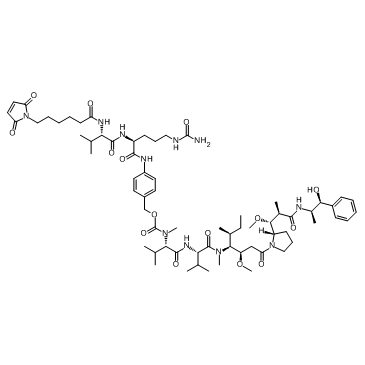
-
GC10293
VE-821
ATR Inhibitor IV
ATR kinase inhibitor
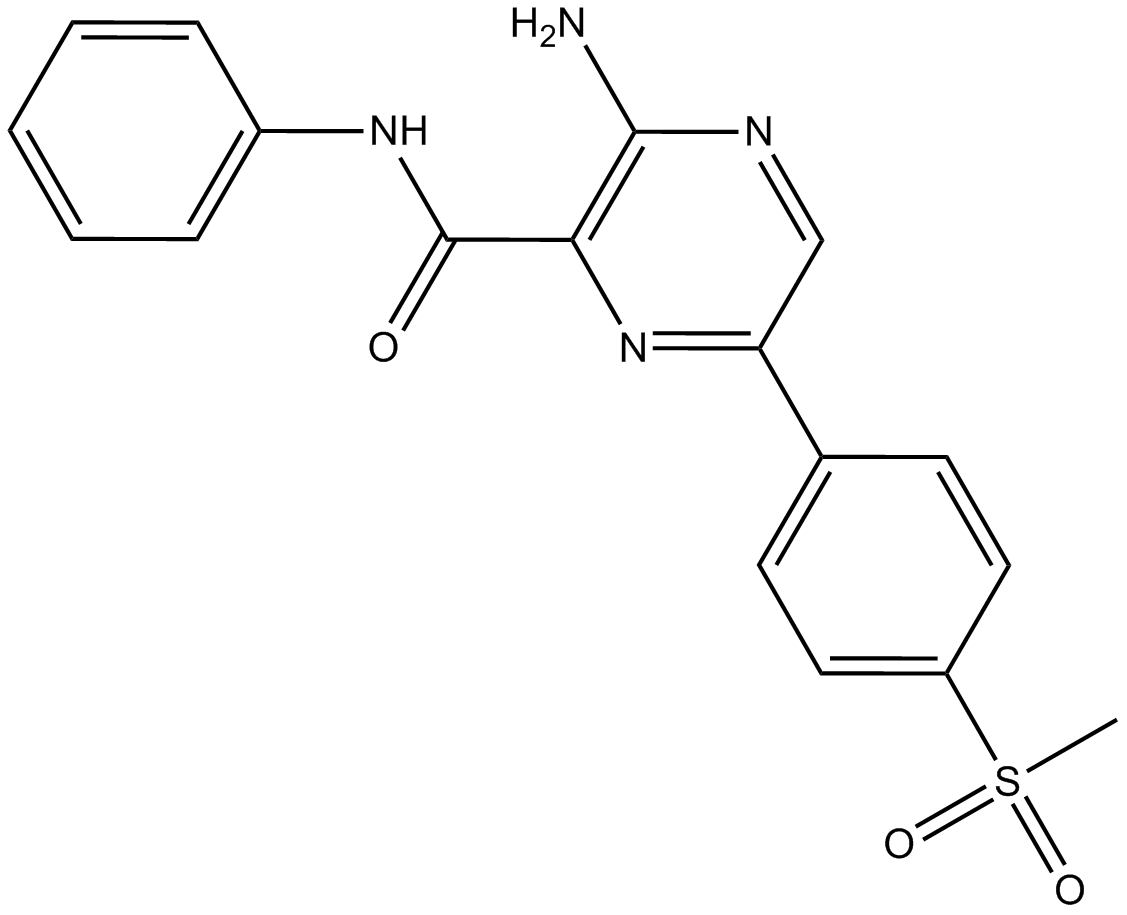
-
GC15337
VE-822
ATR inhibitor
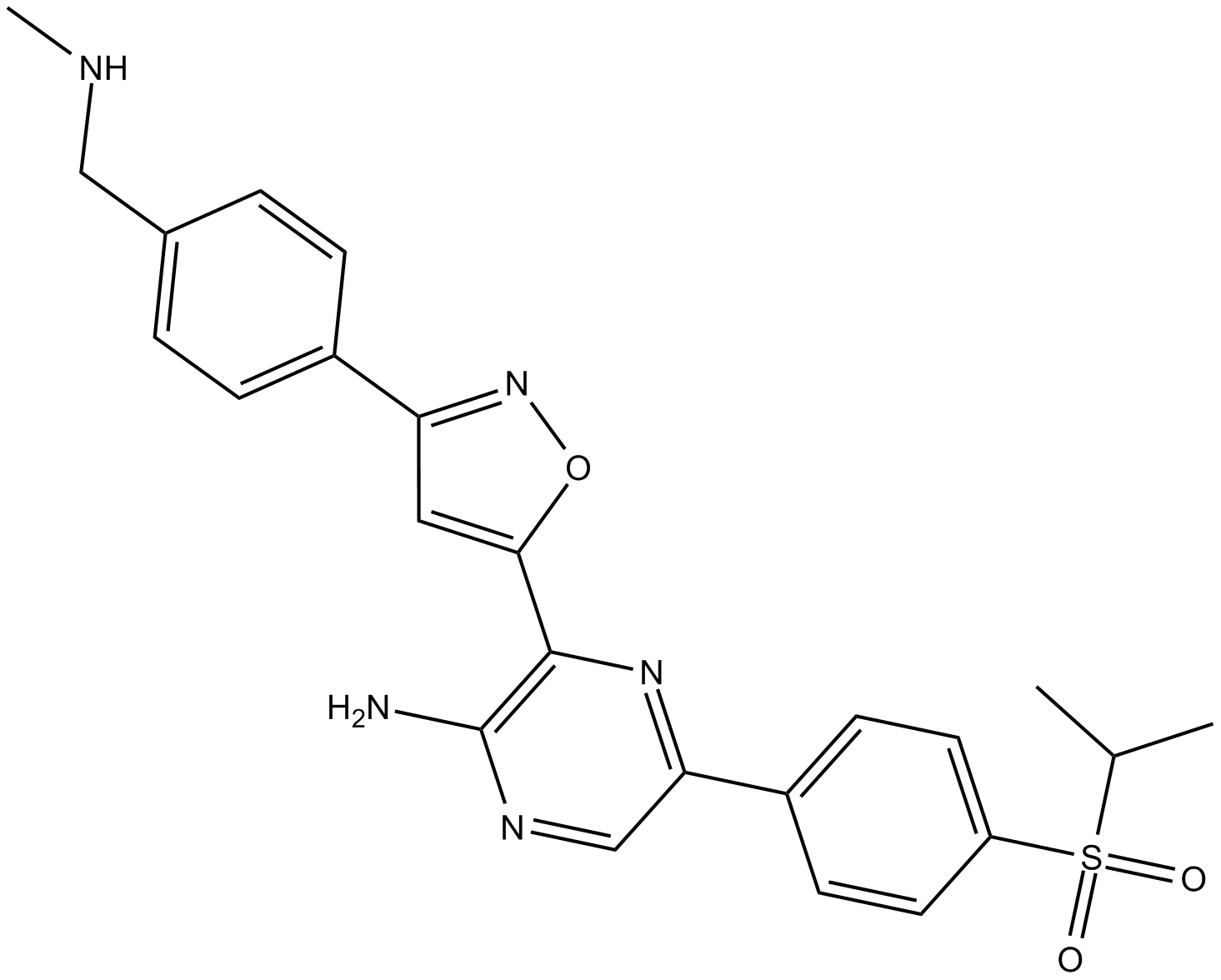
-
GC15777
Verdinexor (KPT-335)
KPT-335
XPO1/CRM1 inhibitor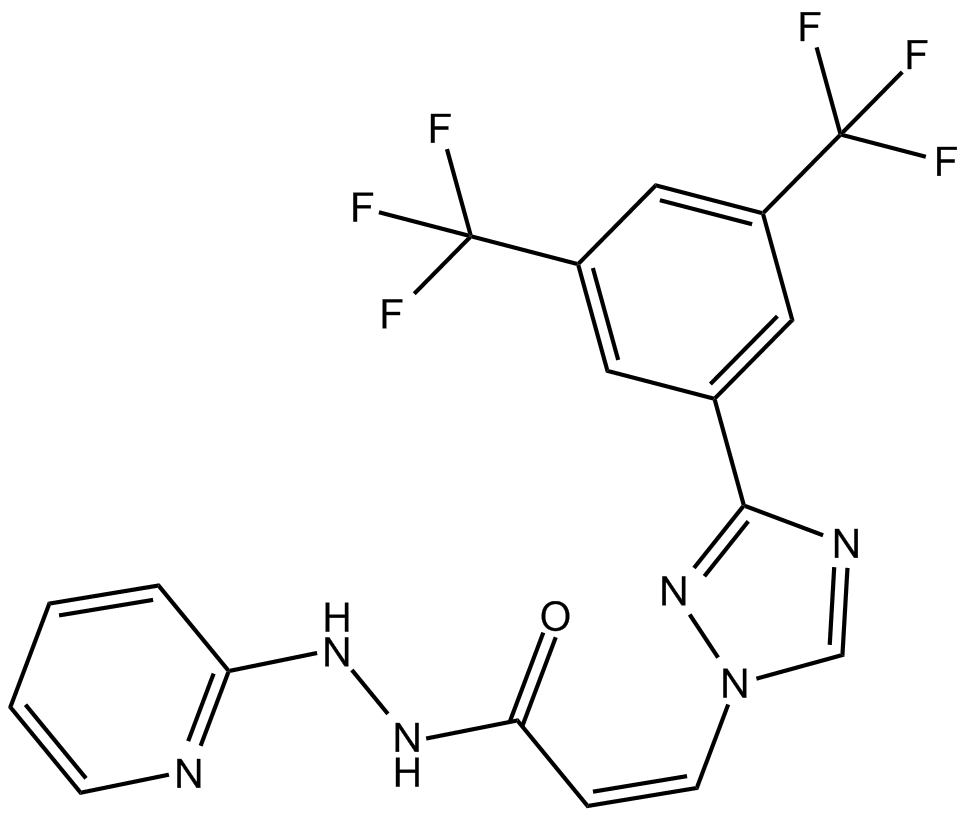
-
GC63253
Verosudil
AR-12286
Verosudil (AR-12286) is a potent, selective Rho-kinase (ROCK) inhibitor with Kis of 2 and 2 nM for ROCK1 and ROCK2, respectively.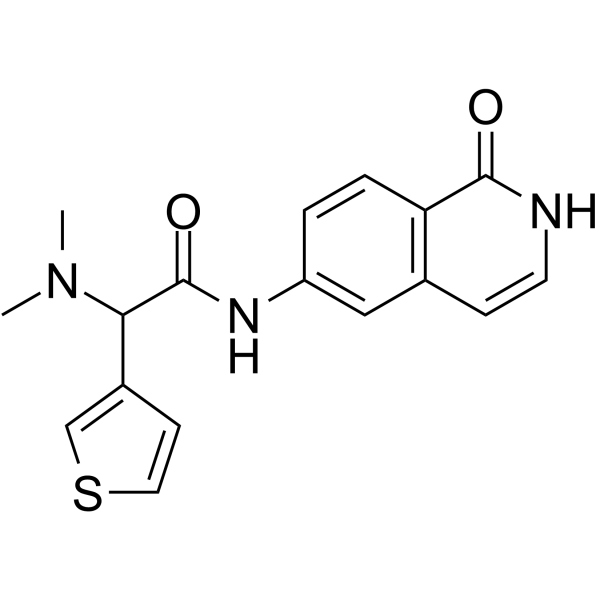
-
GC37899
VERU-111
VERU-111; ABI-231
VERU-111 (ABI-231) is a potent and orally active α and β tubulin inhibitor, which displays strong antiproliferative activity, with an average IC50 of 5.2 nM against panels of melanoma and prostate cancer cell lines. VERU-111 (ABI-231) suppresses tumor growth and metastatic phenotypes of cervical cancer cells via targeting HPV E6 and E7, and has potential for the treatment of prostate cancer.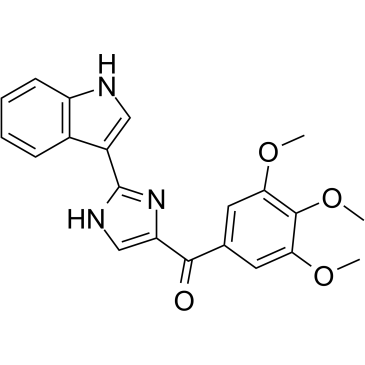
-
GC37900
Verubulin
Verubulin (MPC-6827) is a microtubule-disrupting agent with potent and broad-spectrum in vitro and in vivo cytotoxic activities, and acts as a promising candidate for the treatment of multiple cancer types.
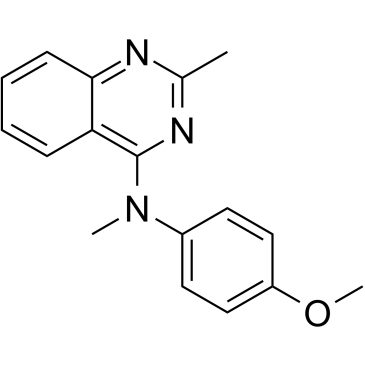
-
GC52364
Vimentin (139-159)-biotin Peptide
VIM (139-159)-biotin
A biotinylated vimentin peptide
-
GC52371
Vimentin (G146R) (139-159)-biotin Peptide
Biotin-GQGKSRLRDLYEEEMRELRRQ, Biotin-GQGKSRLRDLYEEEMRELRRQ (X=Citrulline), VIM (G146R) (139-159)-biotin
A biotinylated mutant vimentin peptide
-
GC12286
Vinblastine sulfate
29060LE, AlkabanAQ, Exal, NSC 49842, Rozevinsulfate, Velban, Velsar, Vincaleukoblastinesulfate, VLB
An inhibitor of microtubule assembly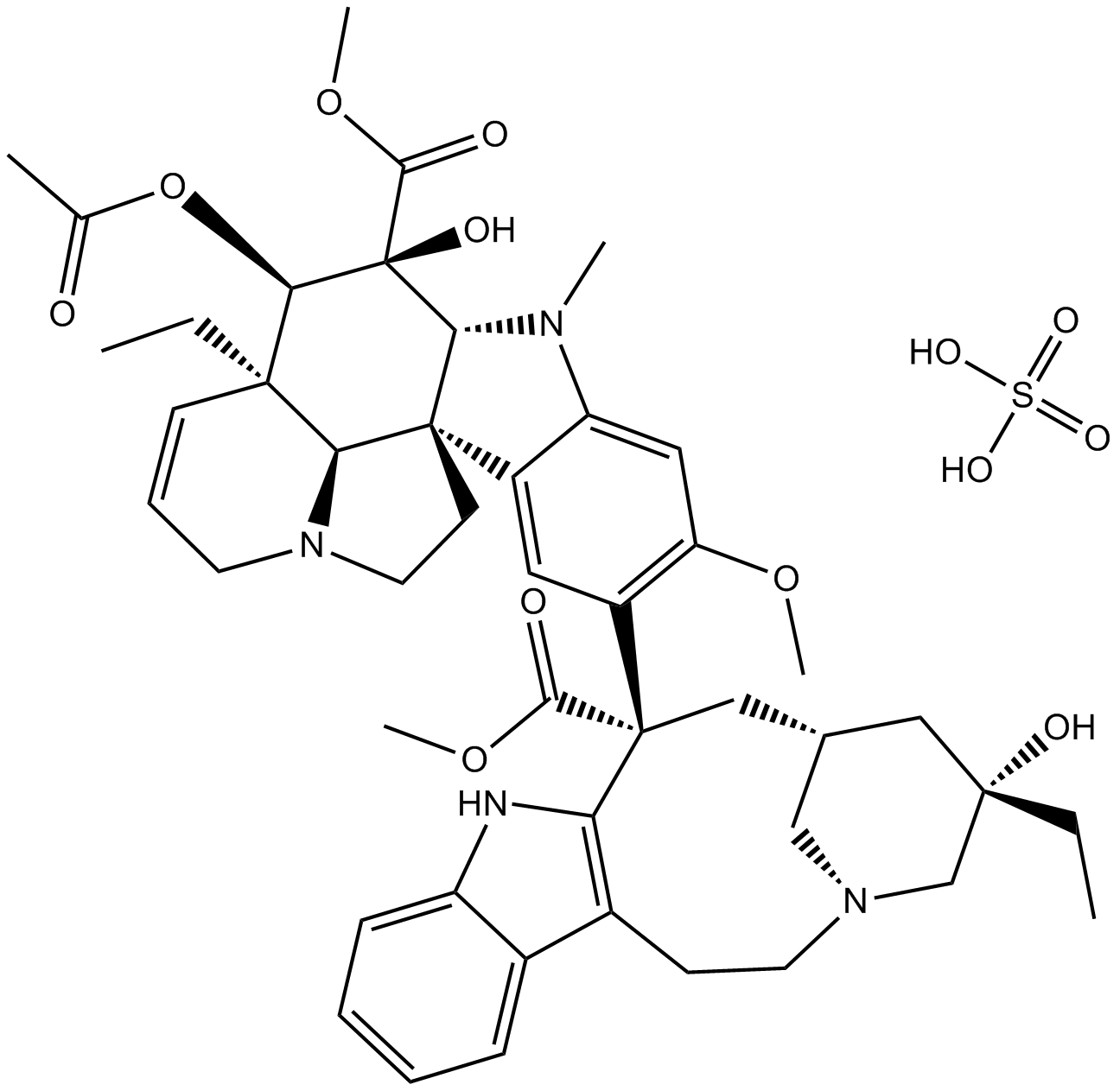
-
GC38410
Vincristine
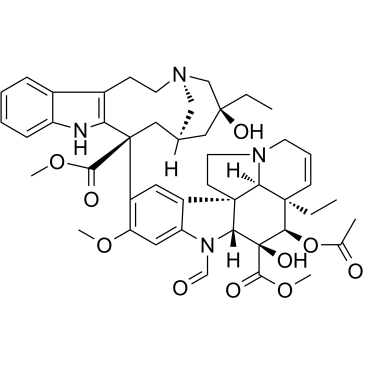
-
GC11511
Vincristine sulfate
Kyocristine, Lilly 37231, Leurocristine, Novopharm, NSC 67574, Oncovin, VCR
Microtubule disrupter,antitumor agent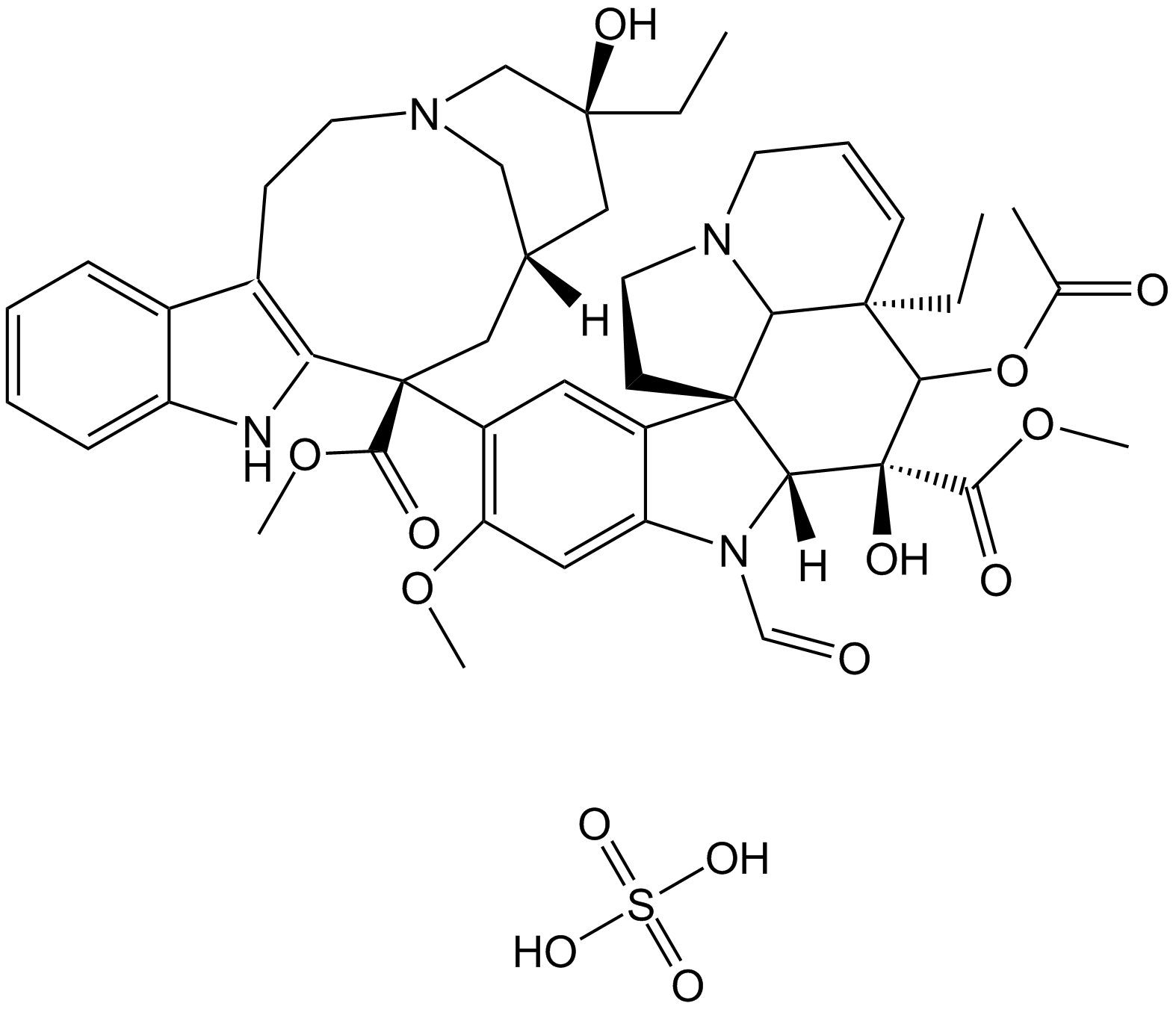
-
GC64451
Vincristine-d3-ester sulfate
Vincristine-d3-ester (Leurocristine-d3-ester) sulfate is the deuterium labeled Vincristine sulfate. Vincristine sulfate is an antitumor vinca alkaloid which inhibits microtubule formation in mitotic spindle, resulting in an arrest of dividing cells at the metaphase stage. It binds to microtubule with a Ki of 85 nM.
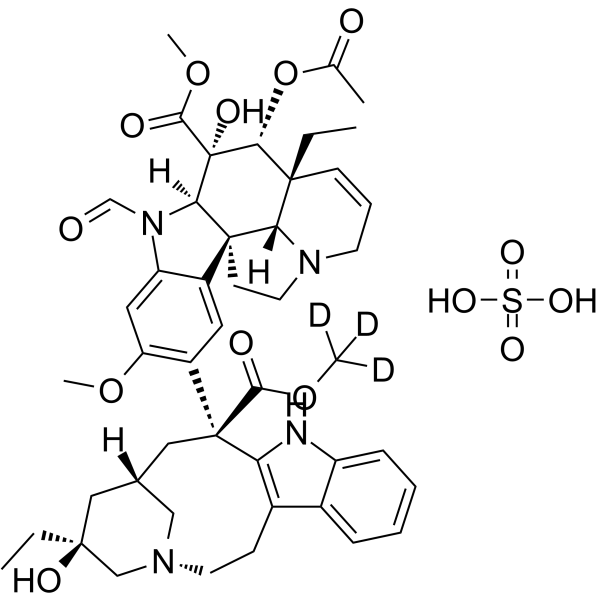
-
GC64915
Vindesine sulfate
Vindesine sulfate is a potent tubulin inhibitor with an Ki of 0.110 ?M. Vindesine sulfate shows anti-proliferation effect in vitro. Vindesine sulfate shows antitumor effect in vivo.
